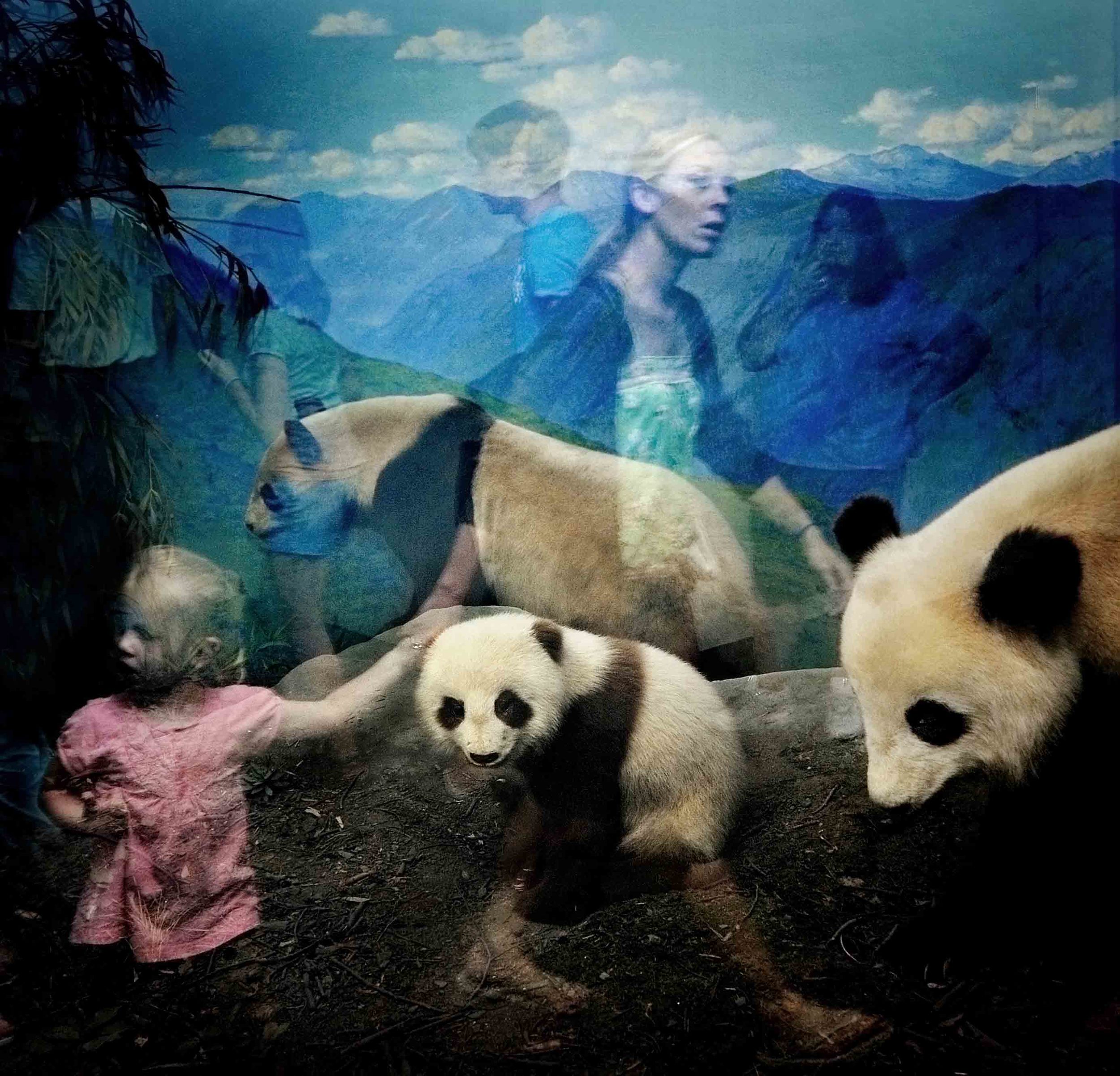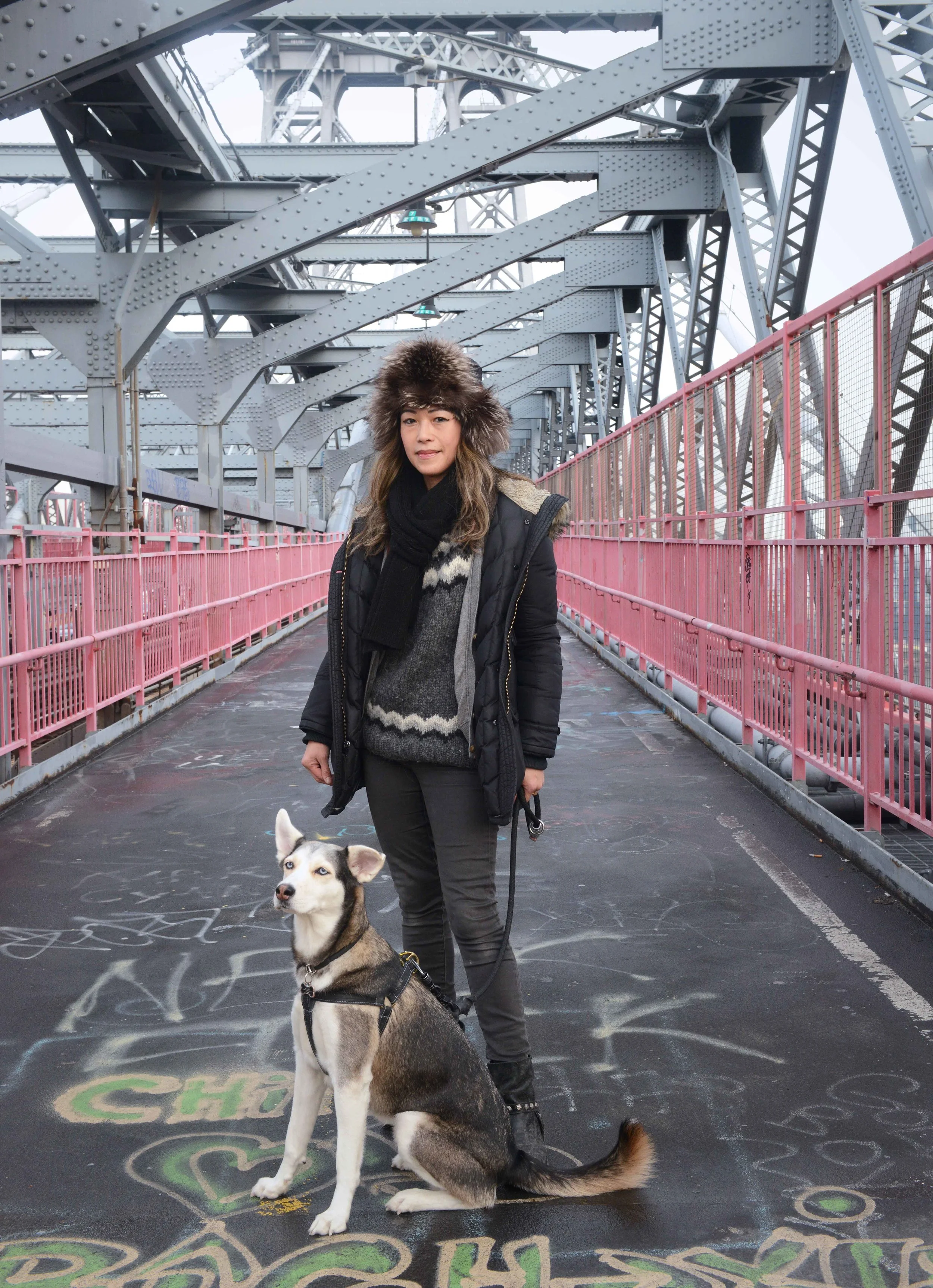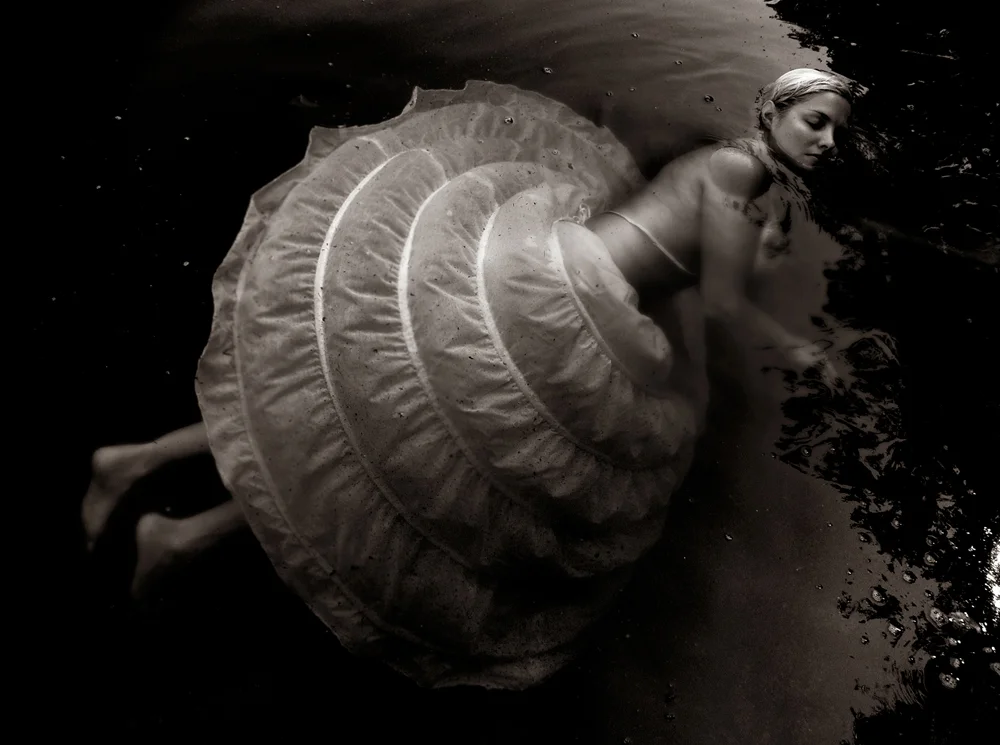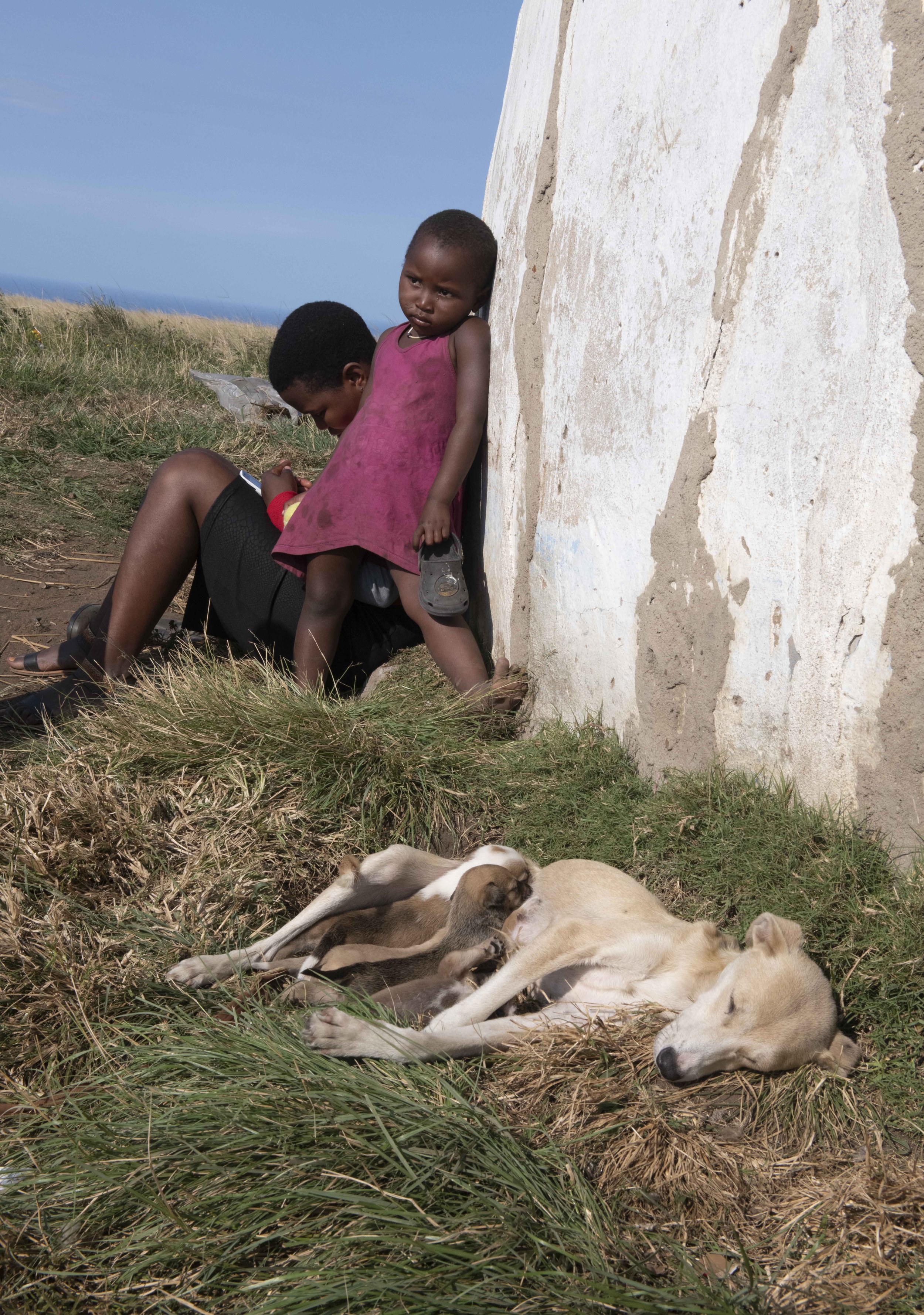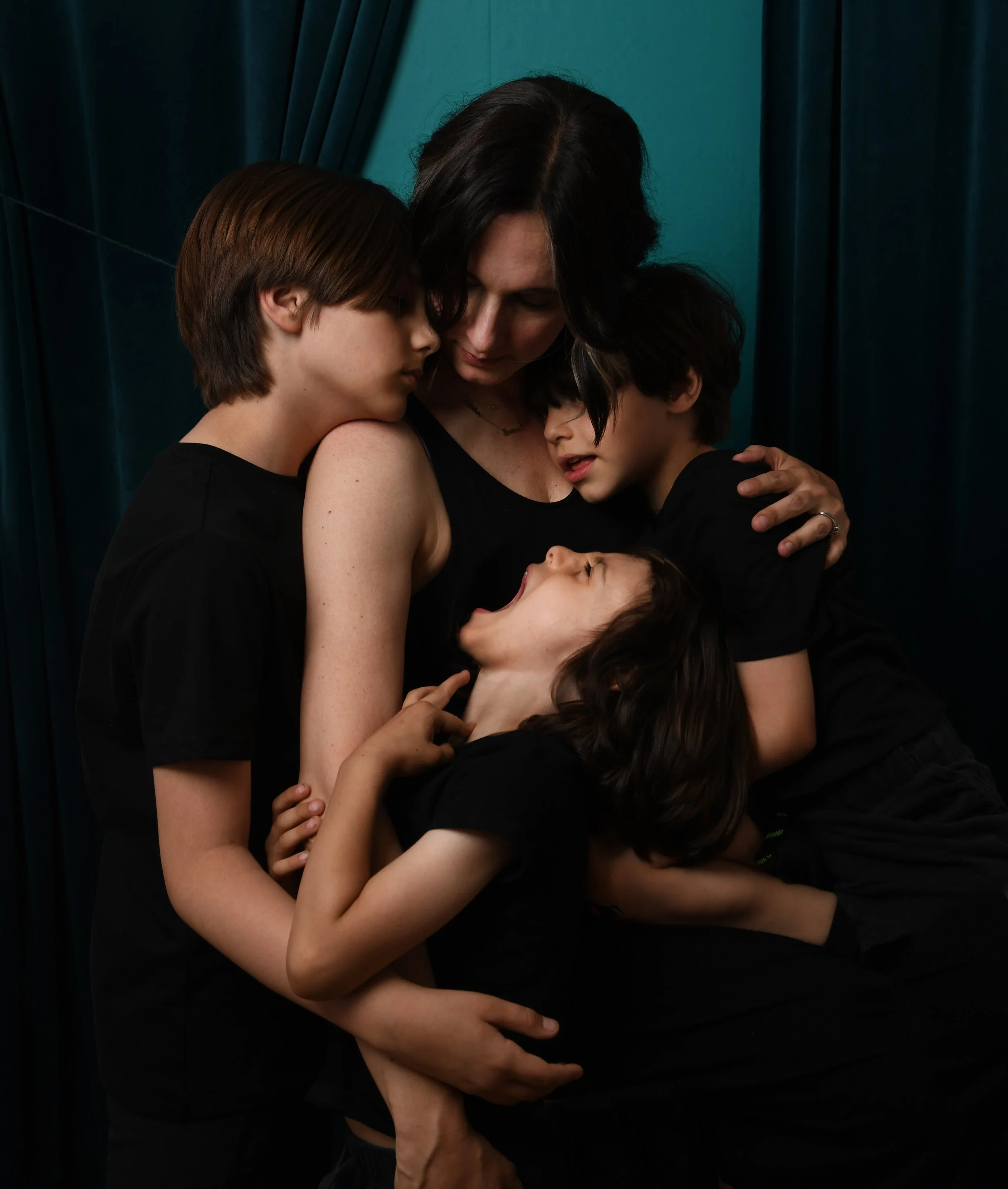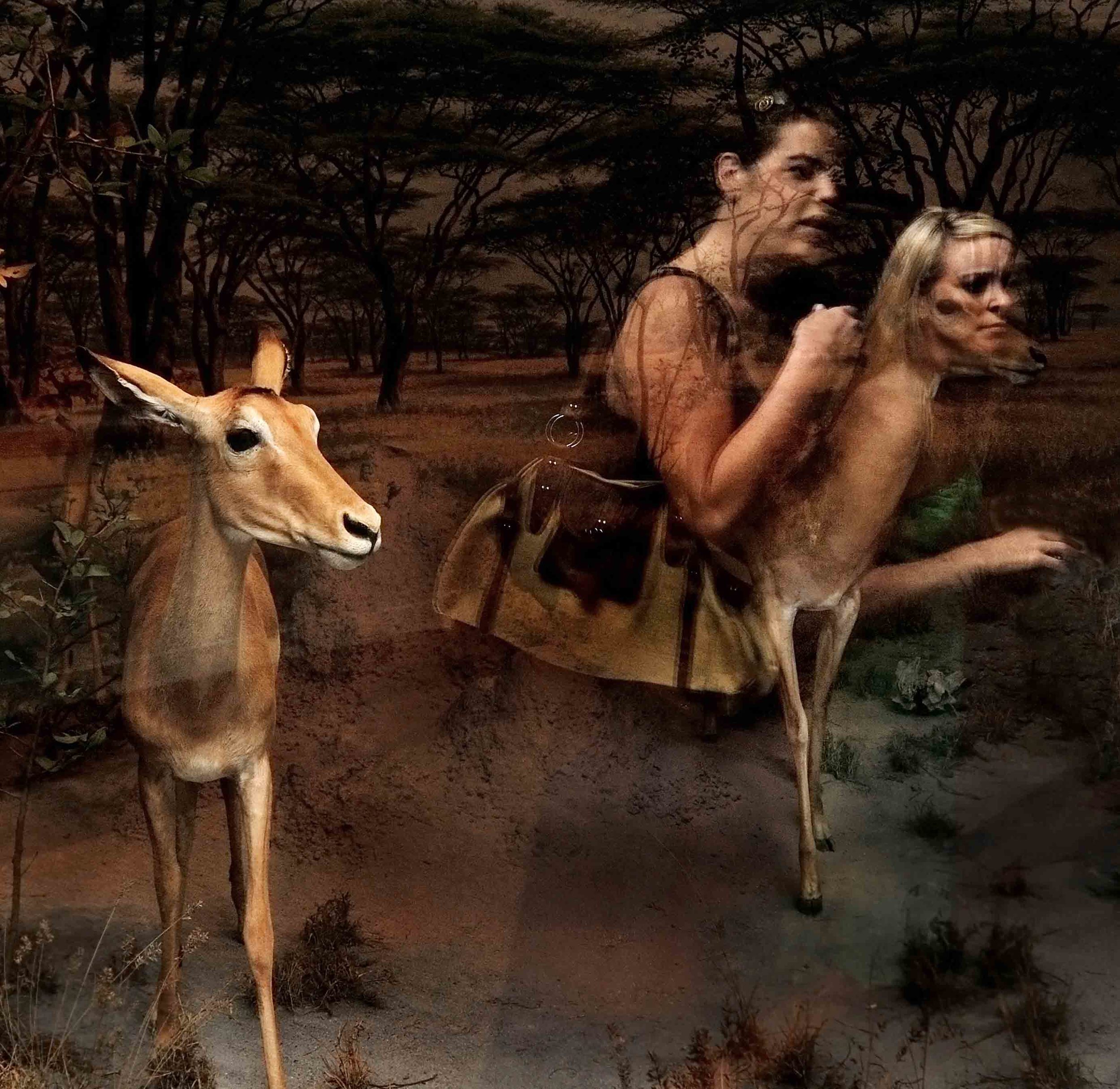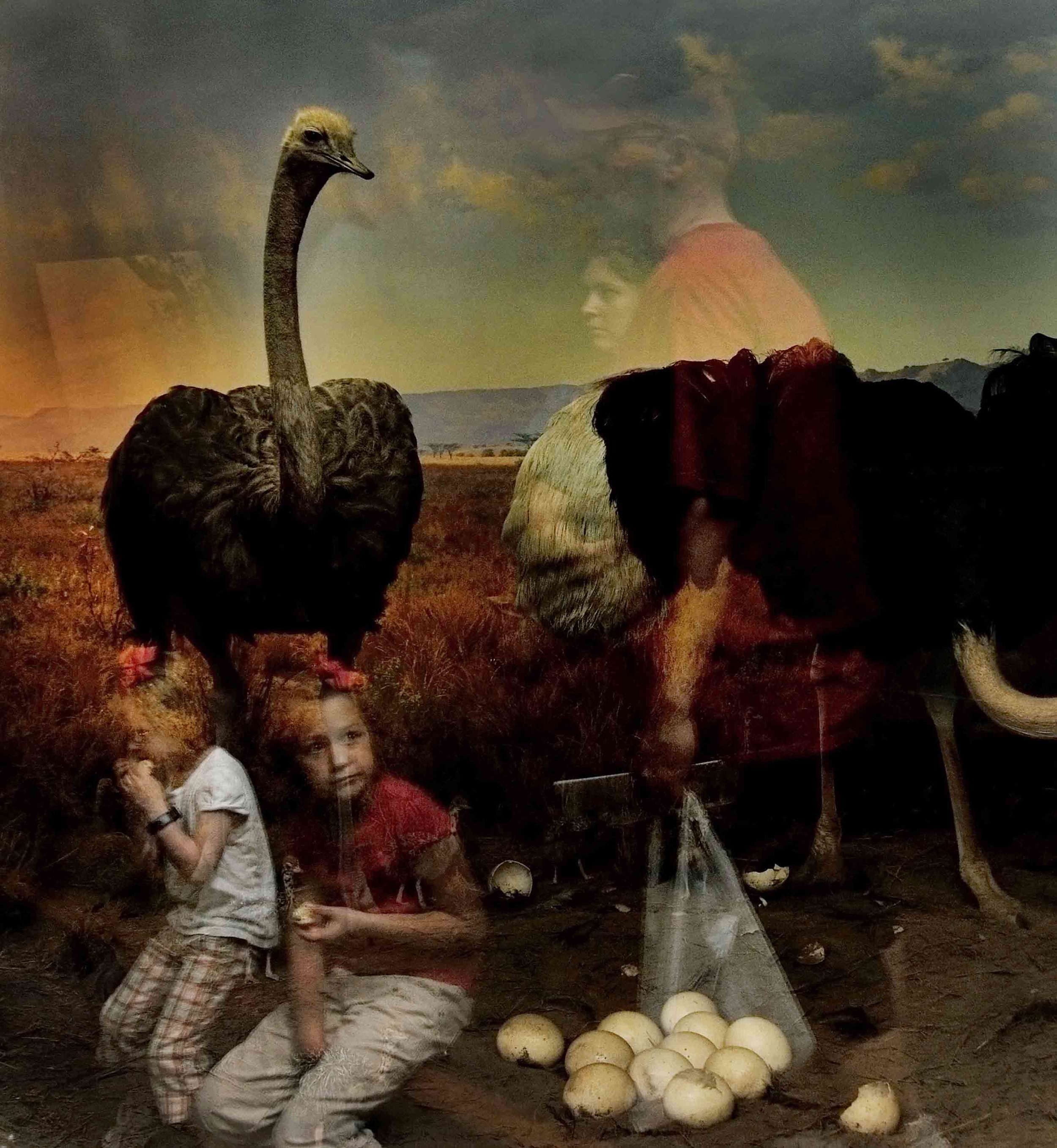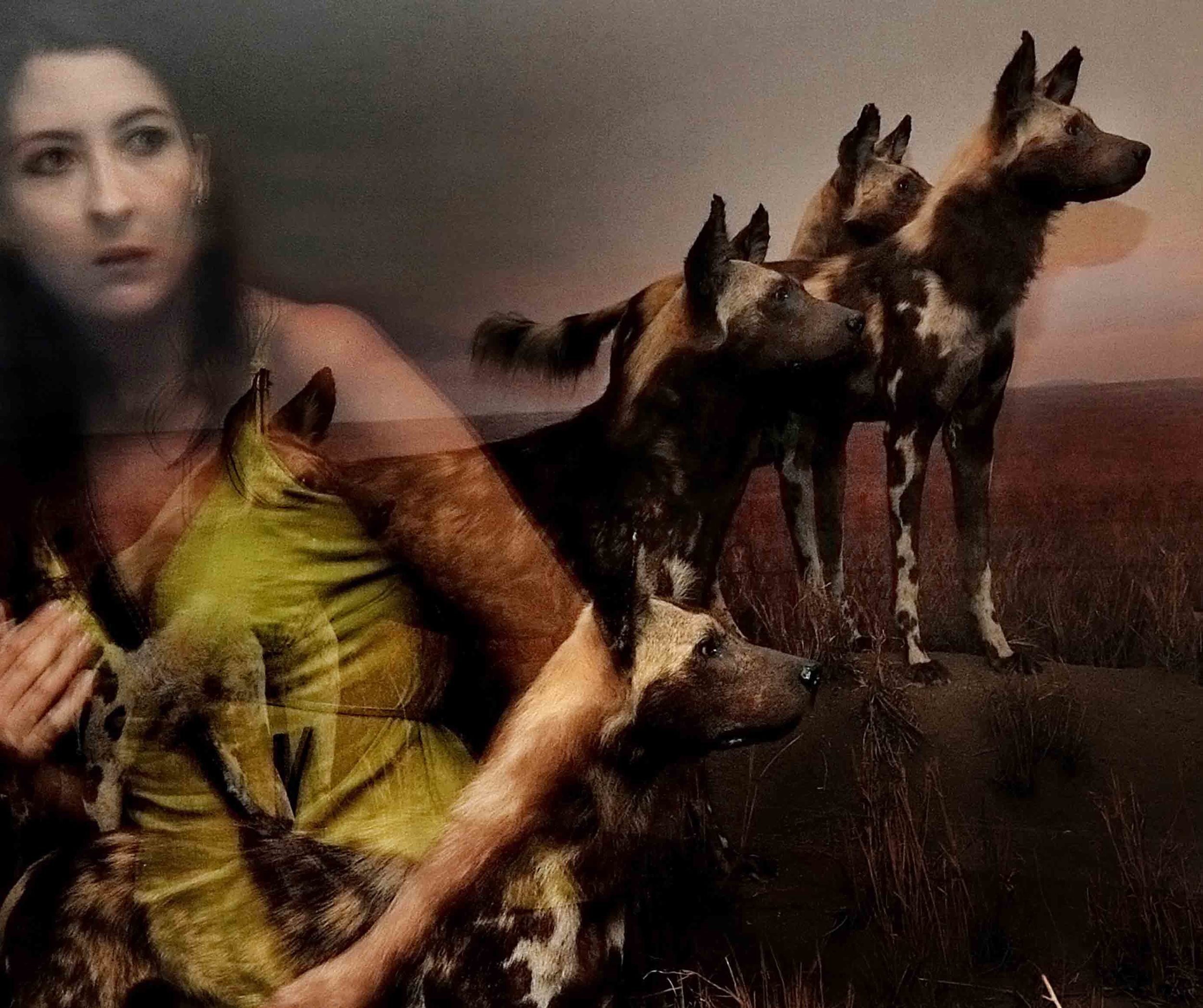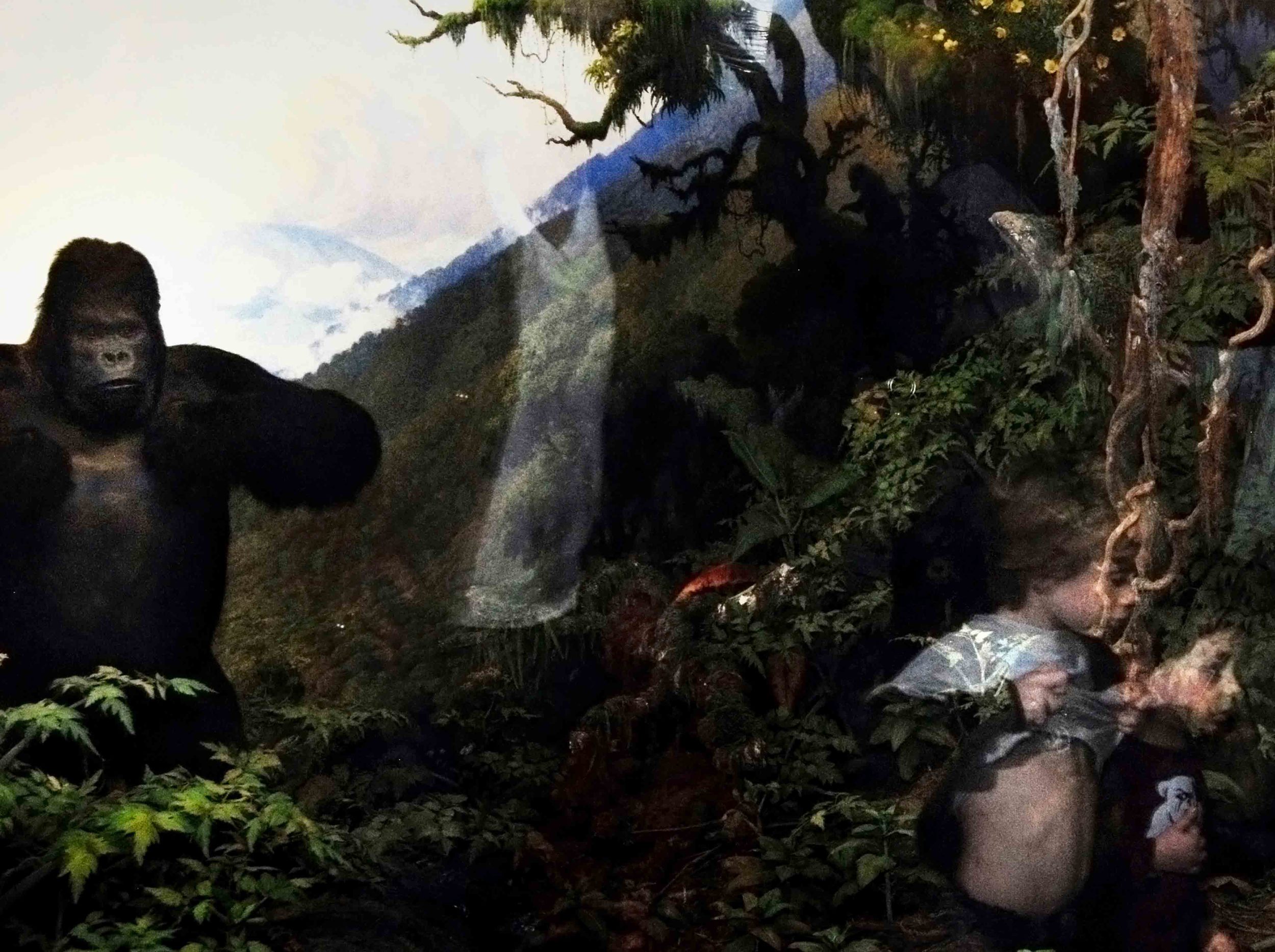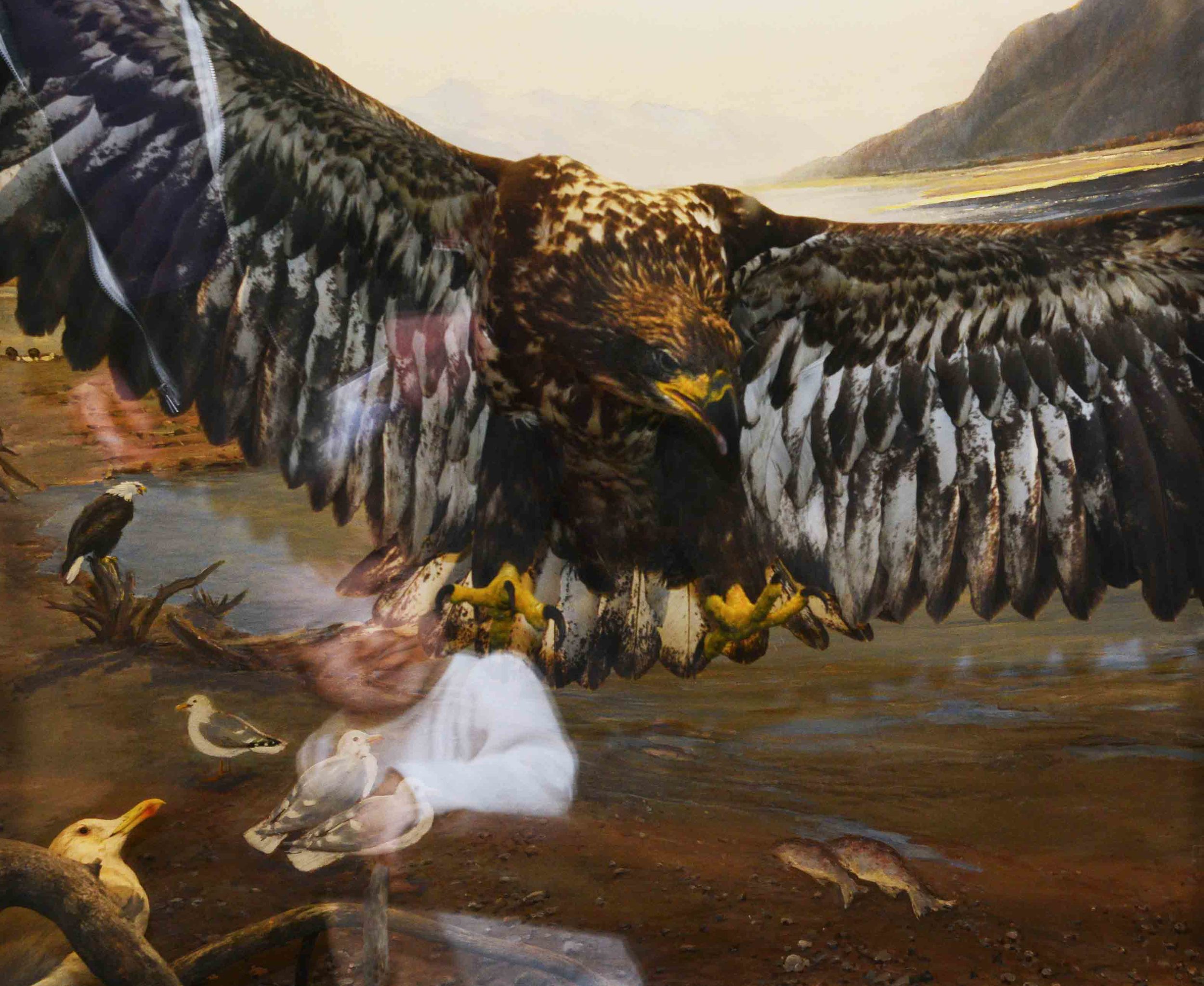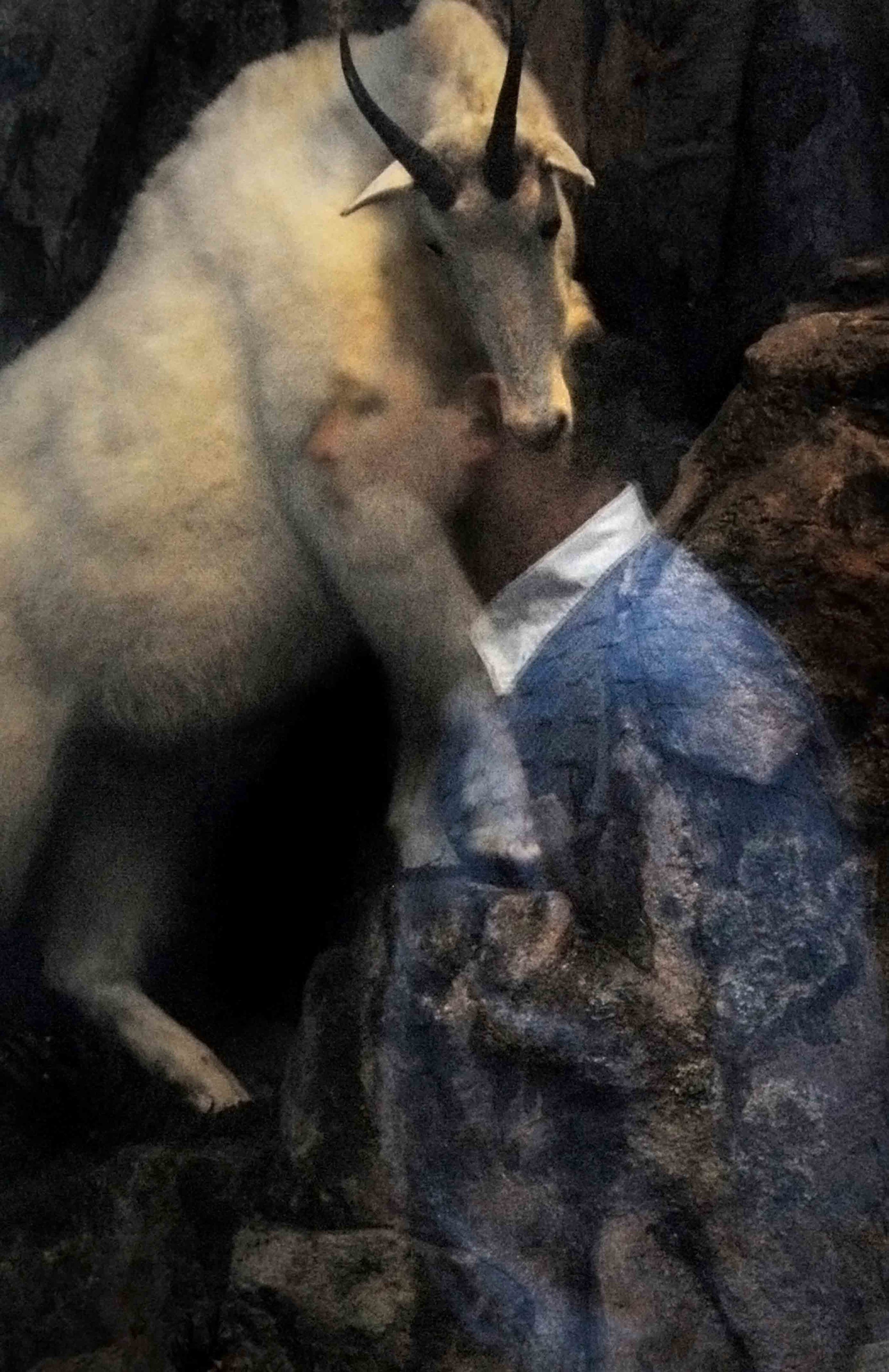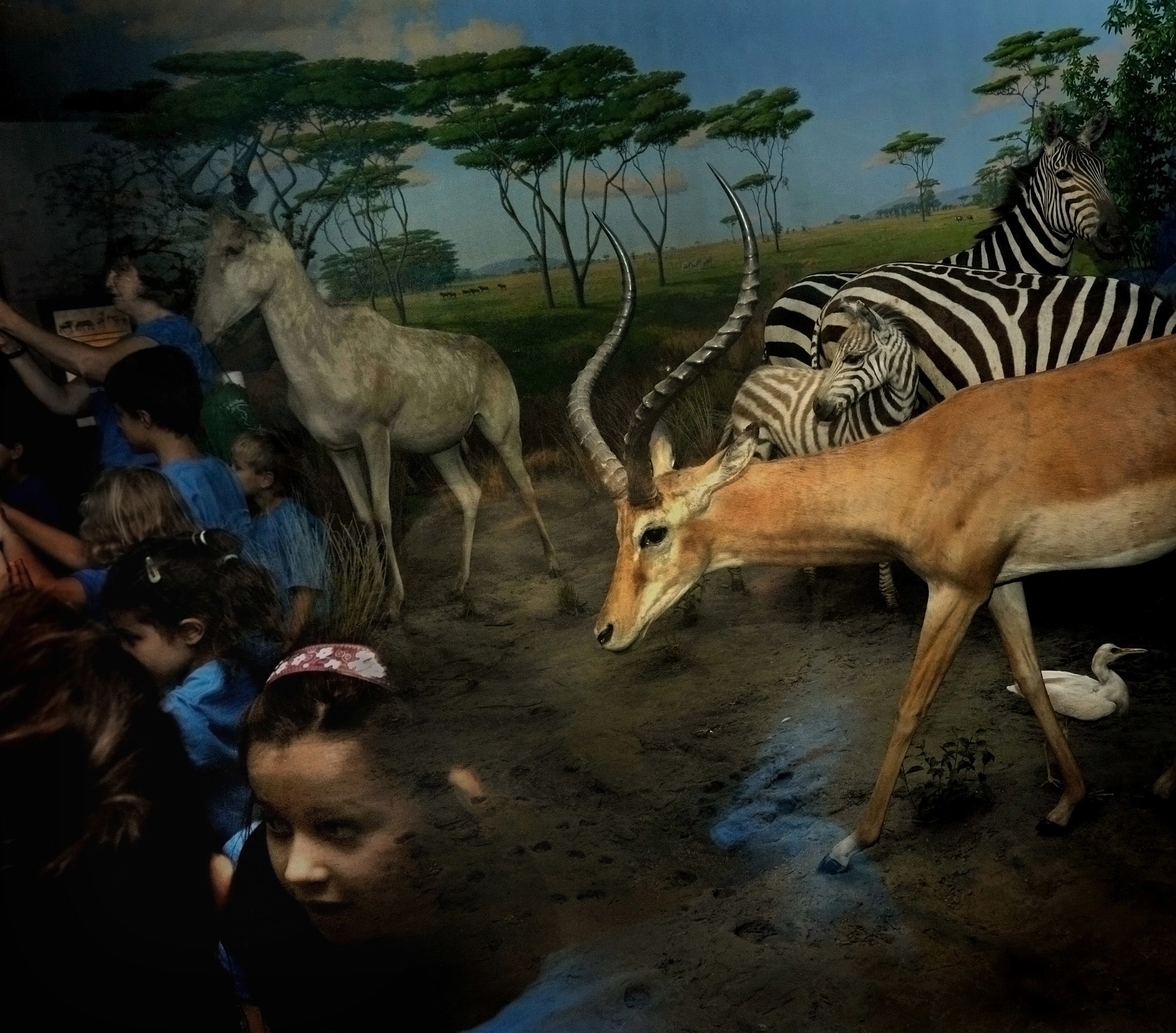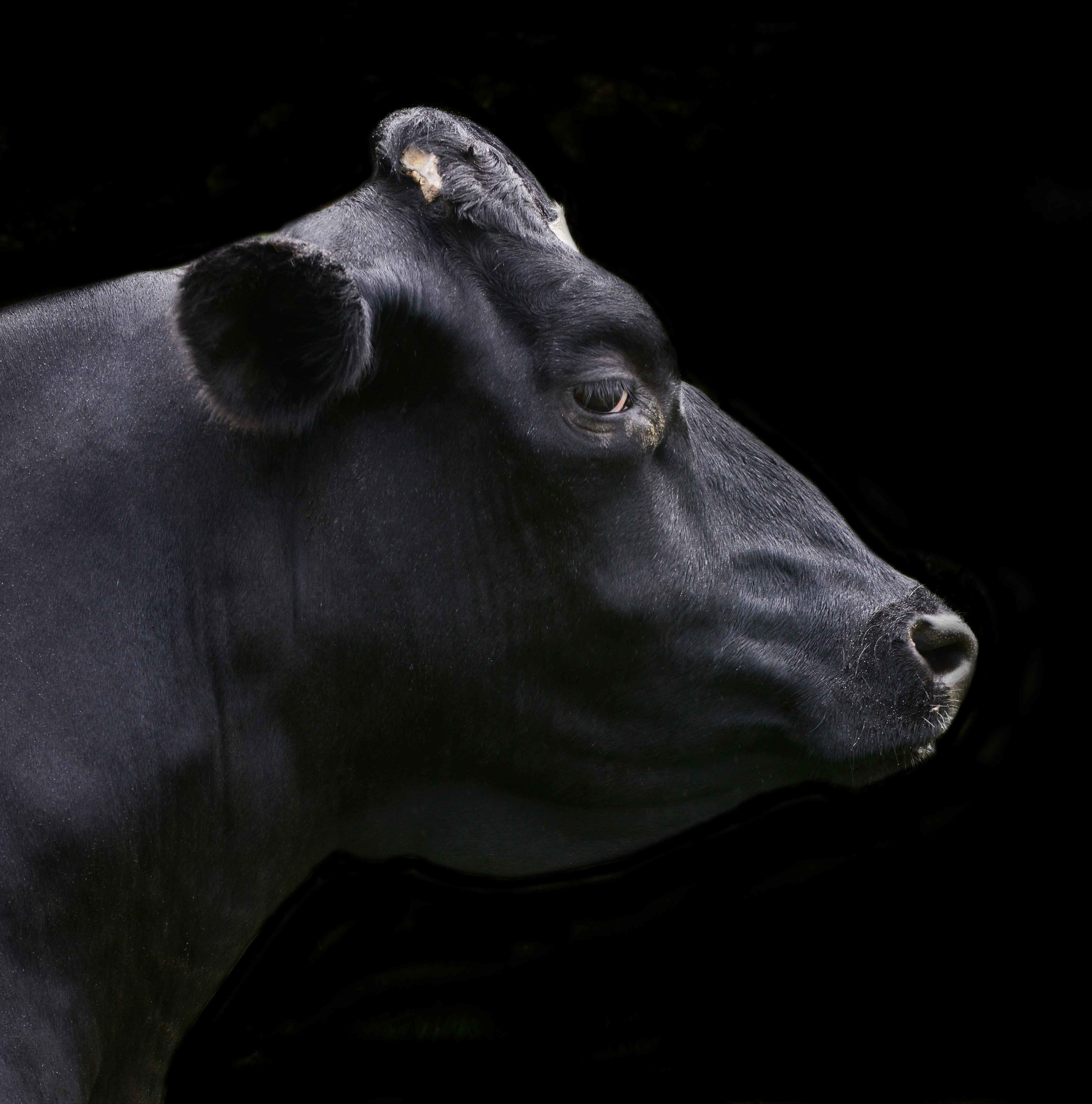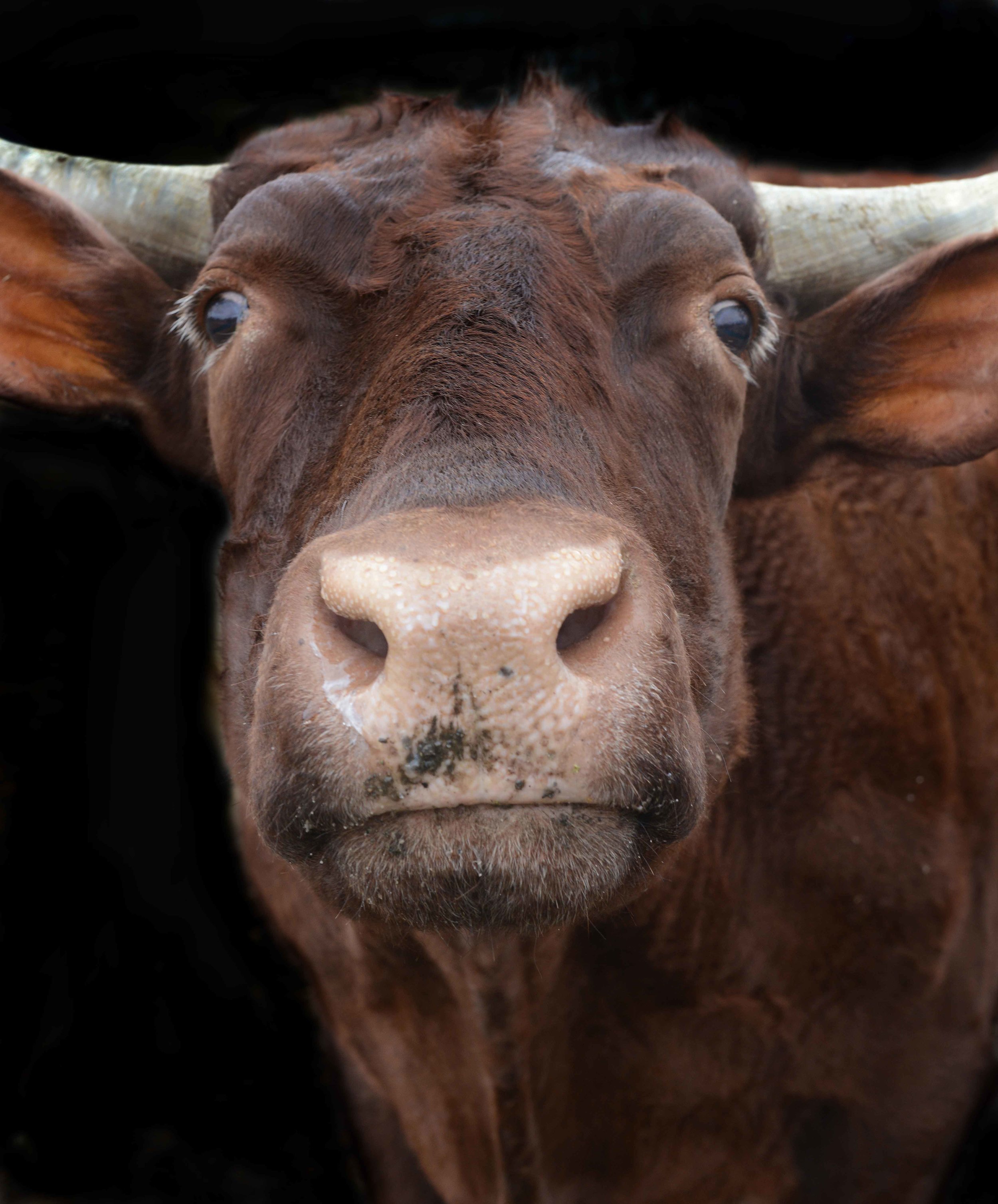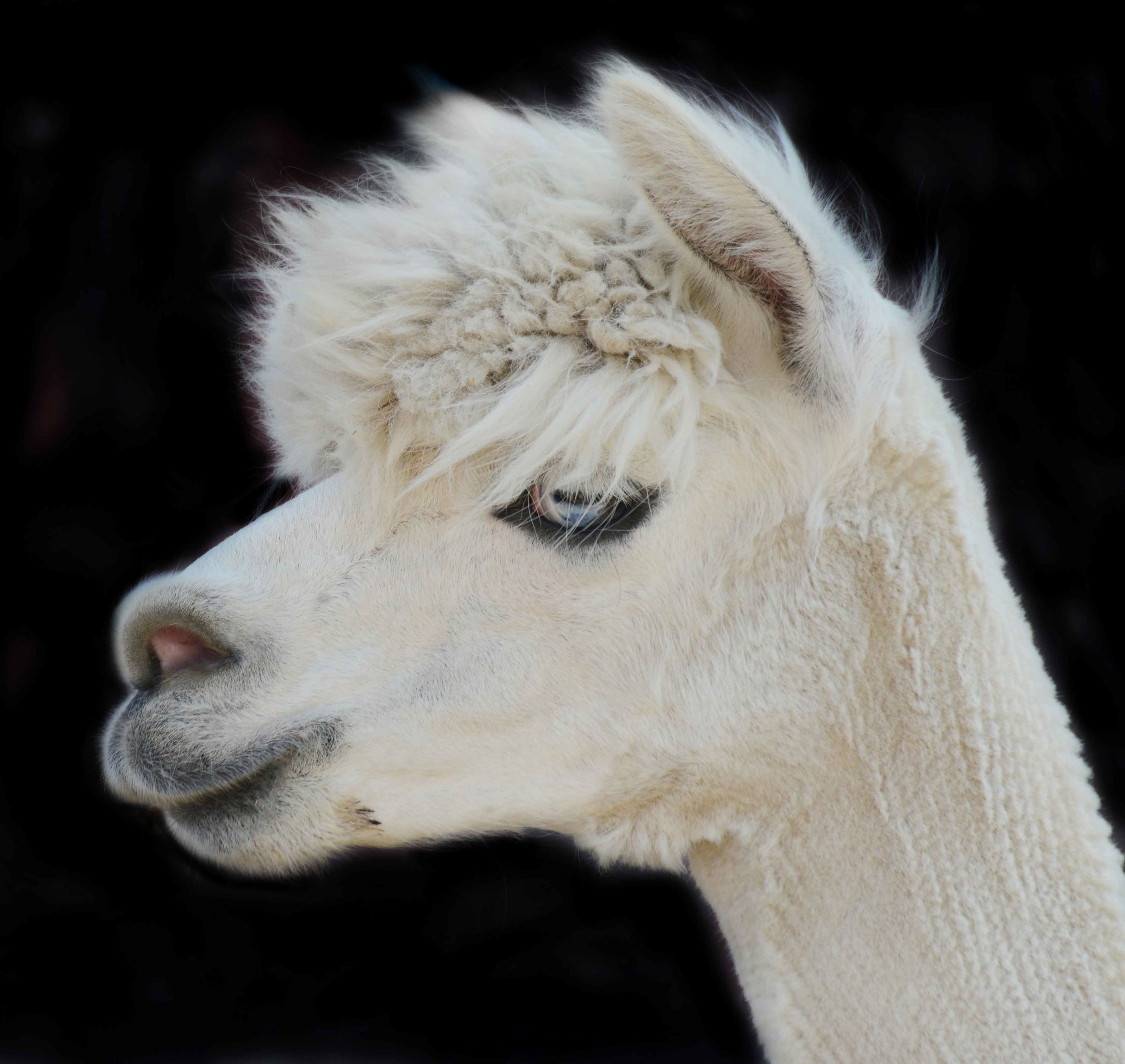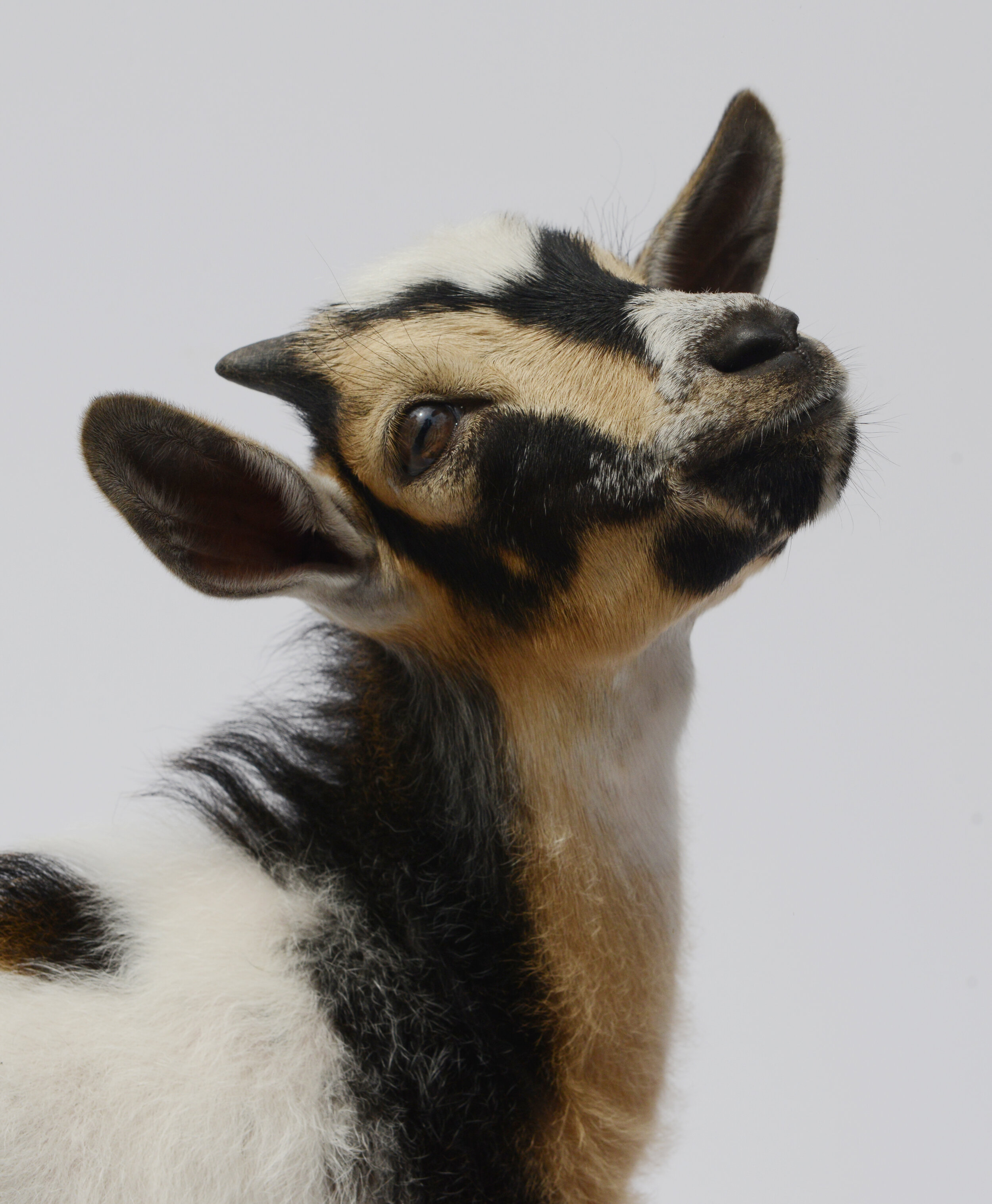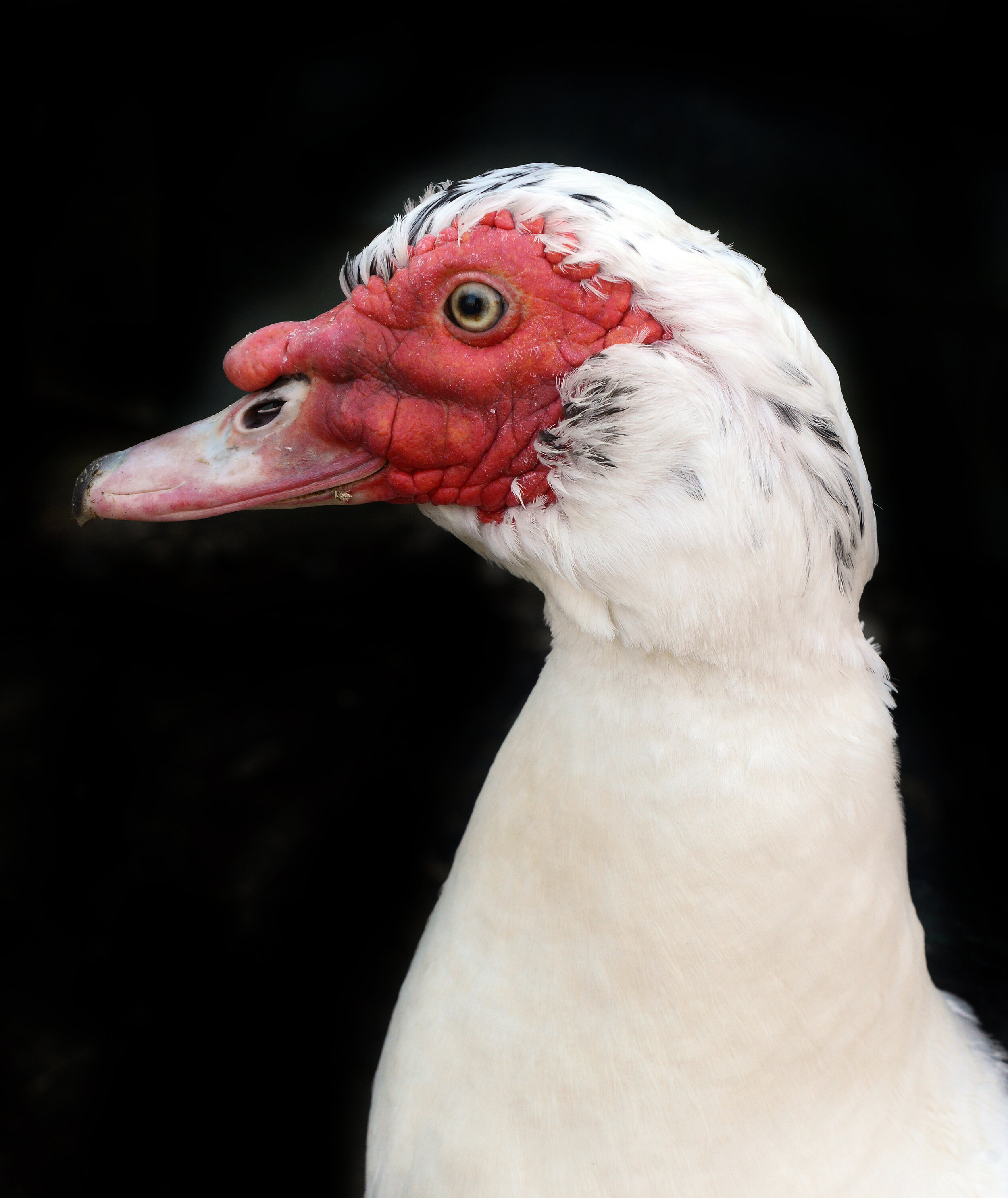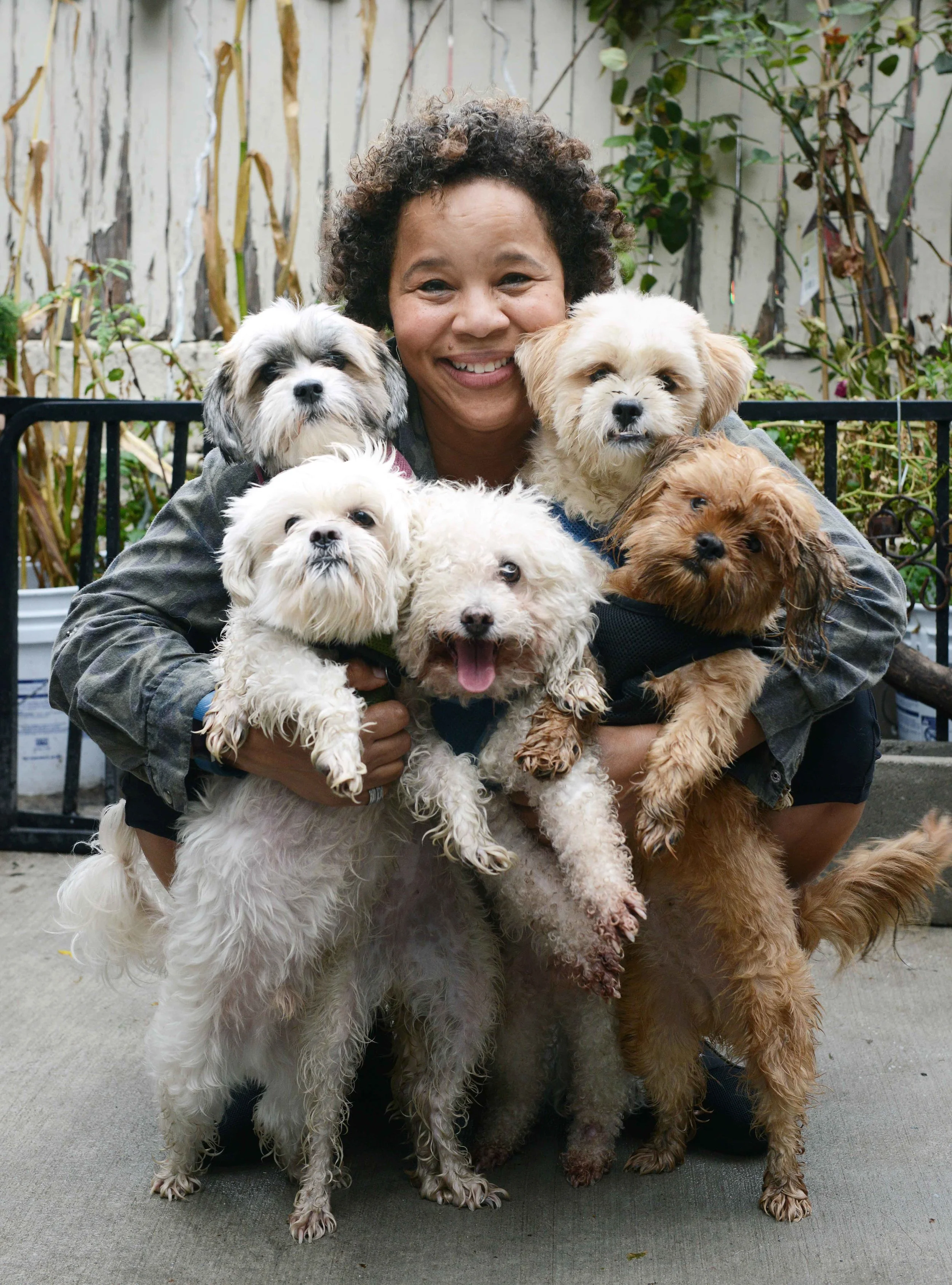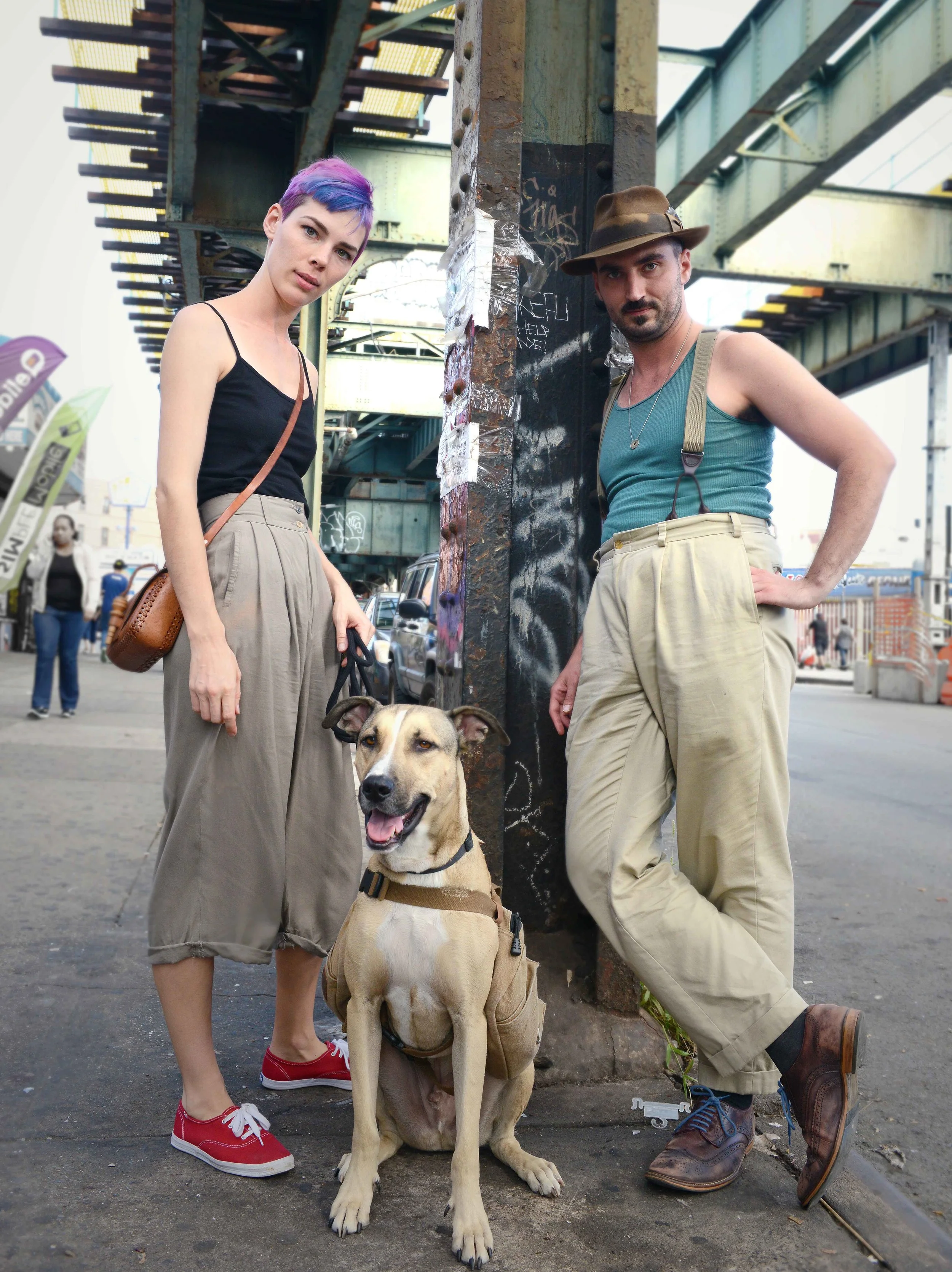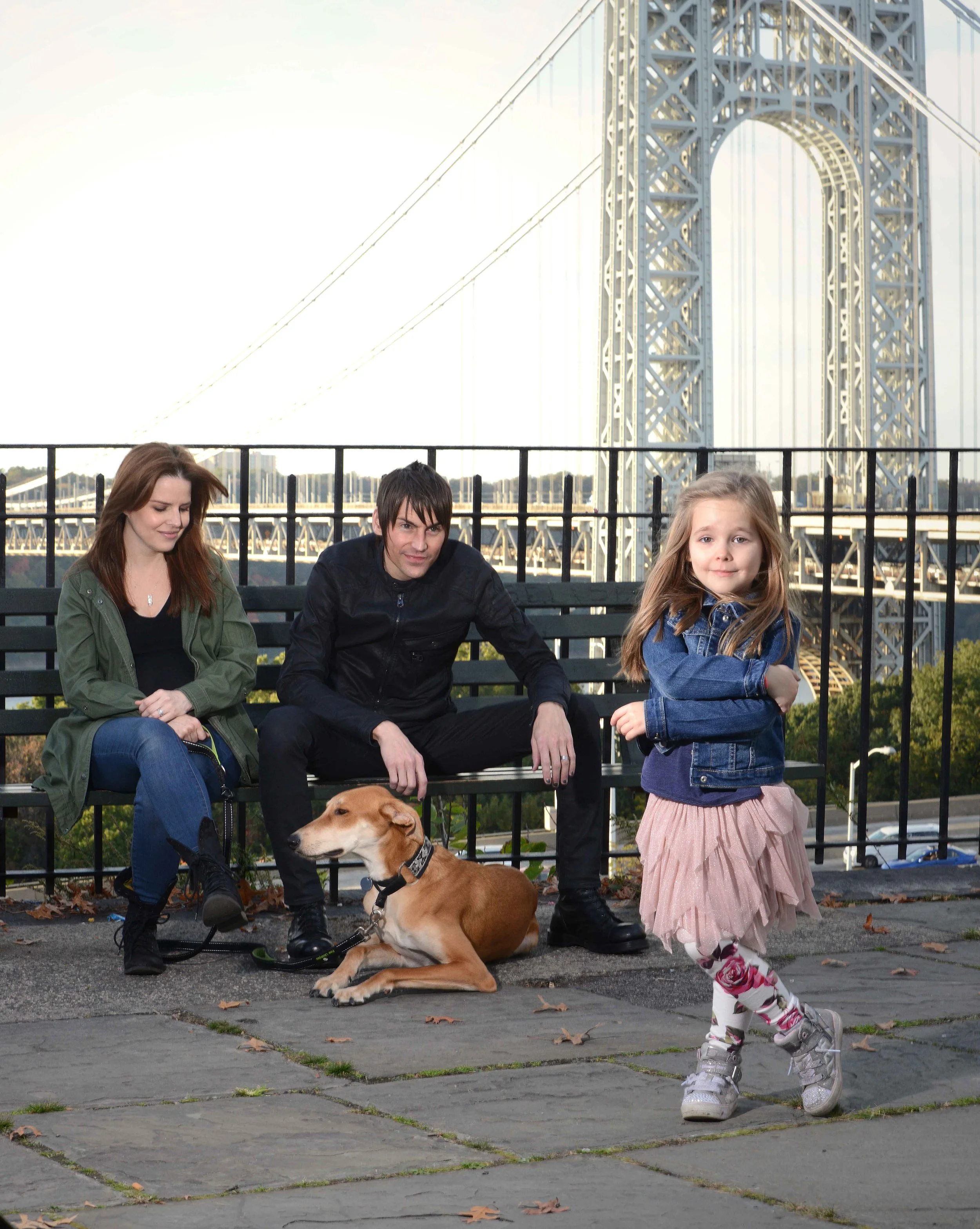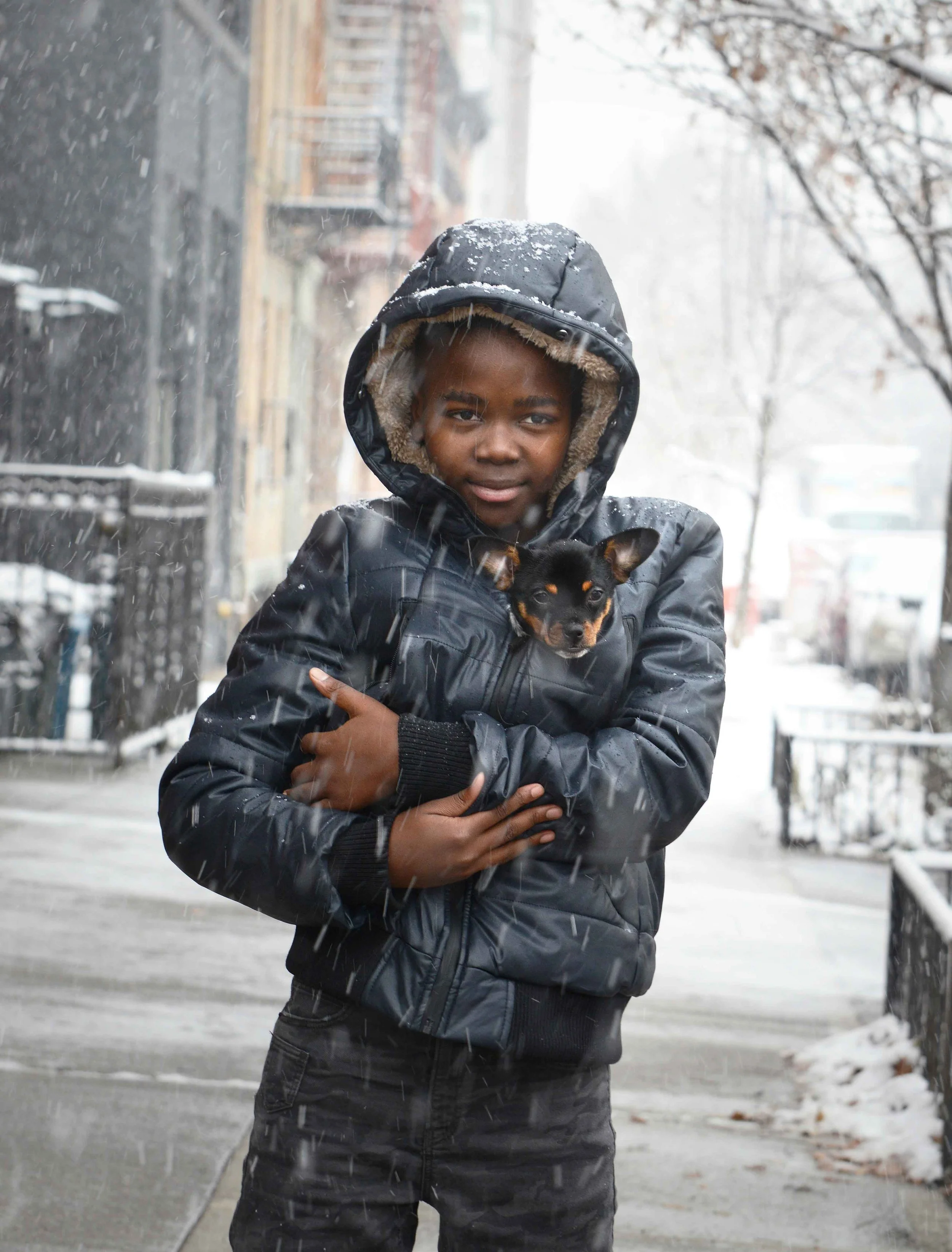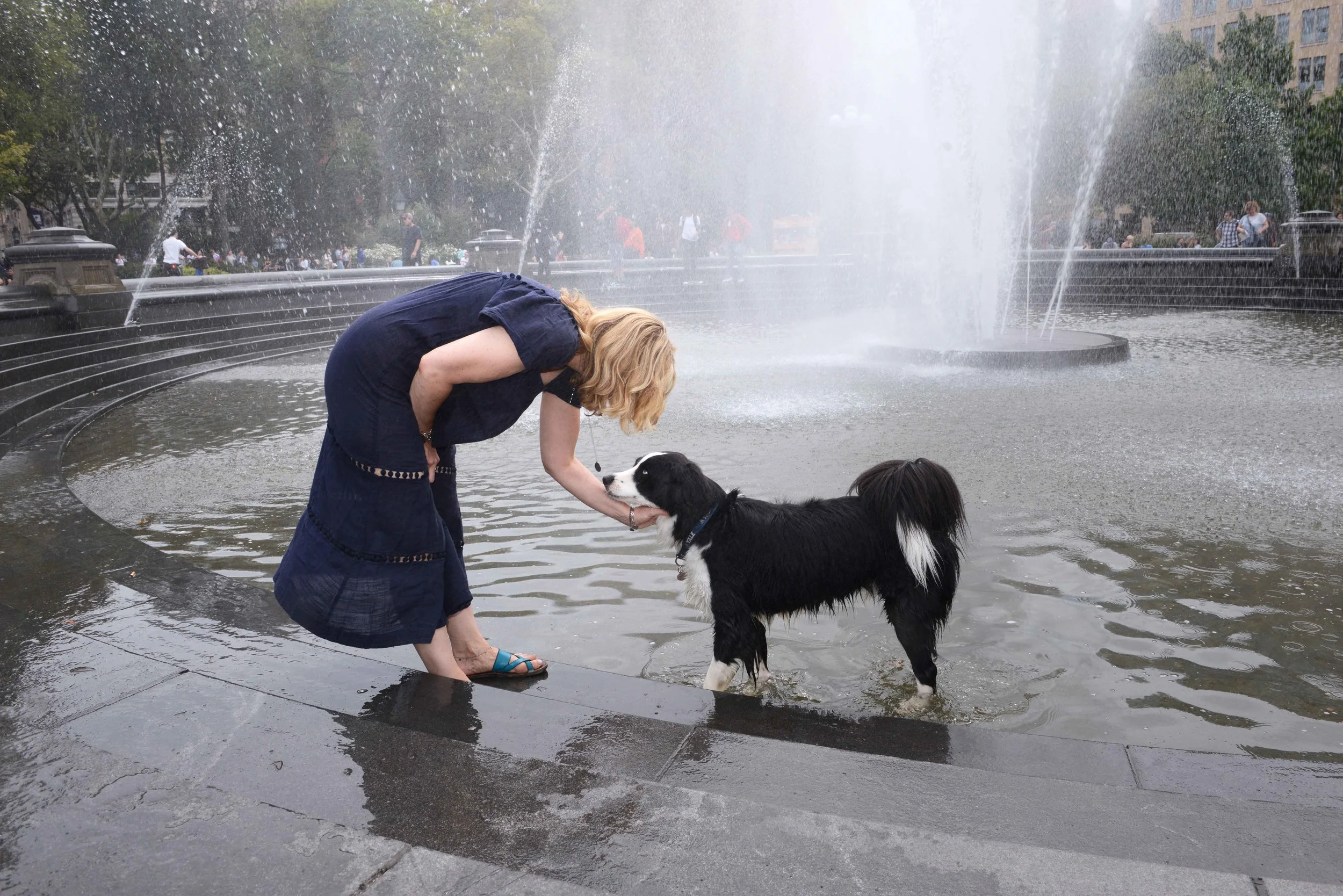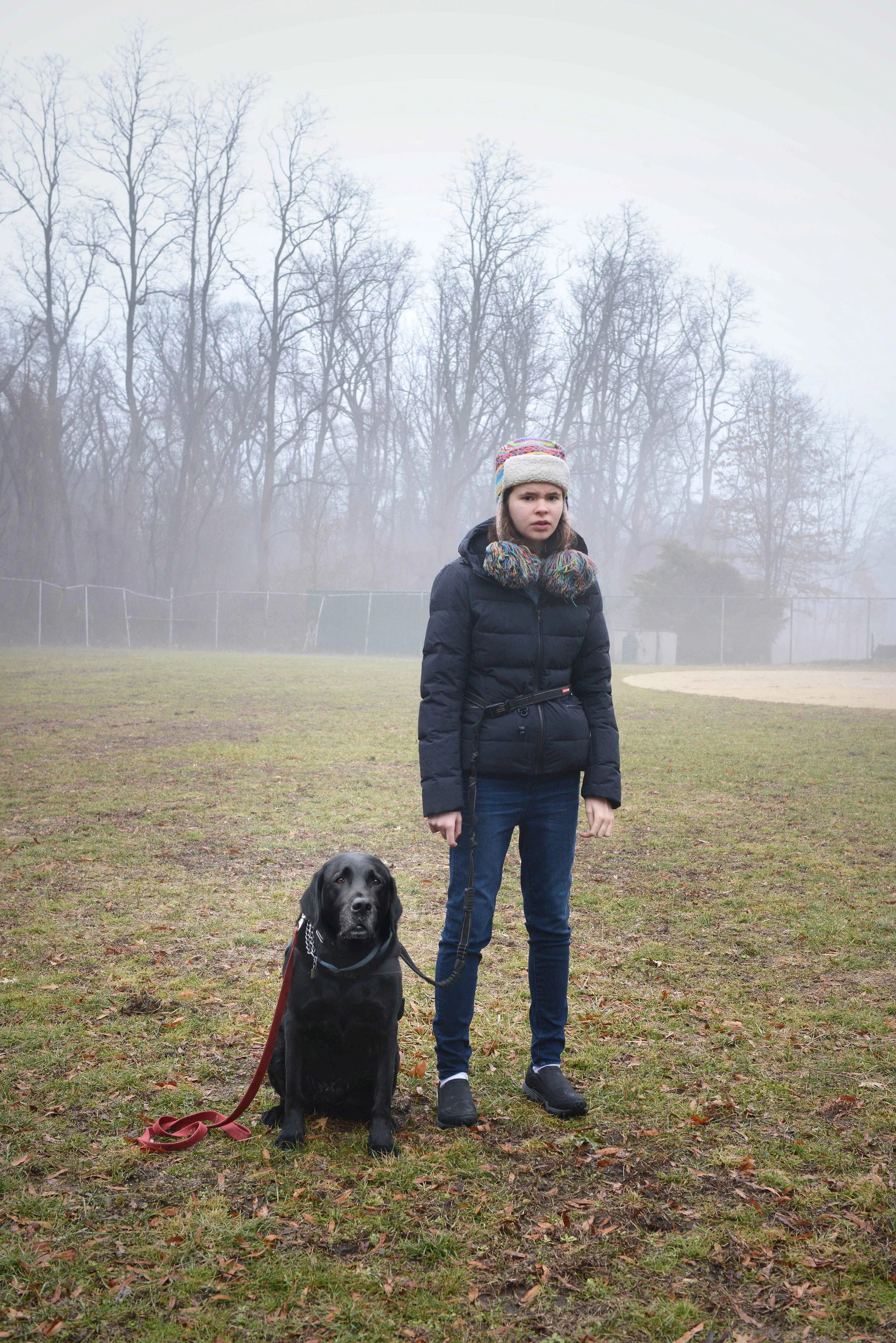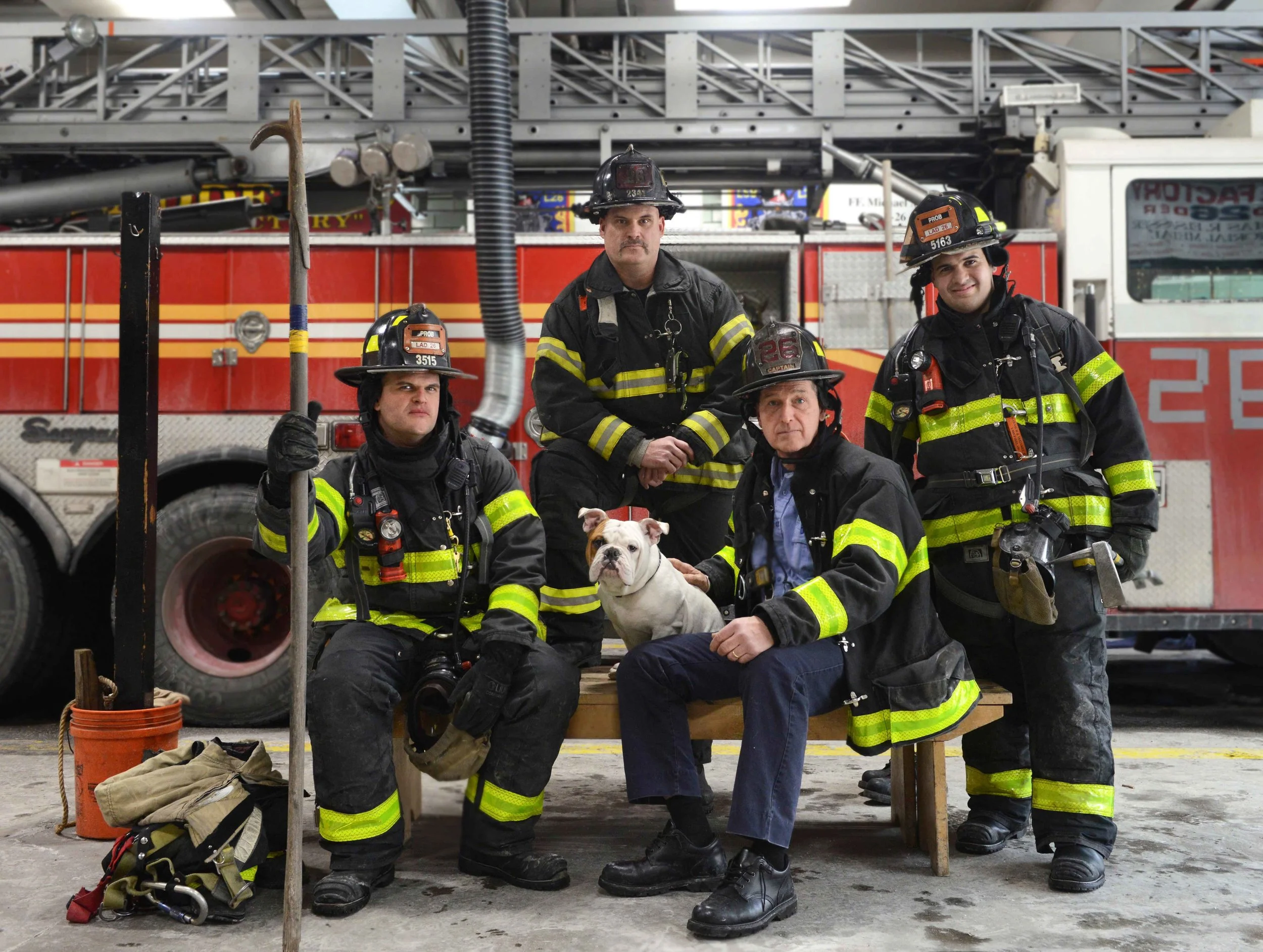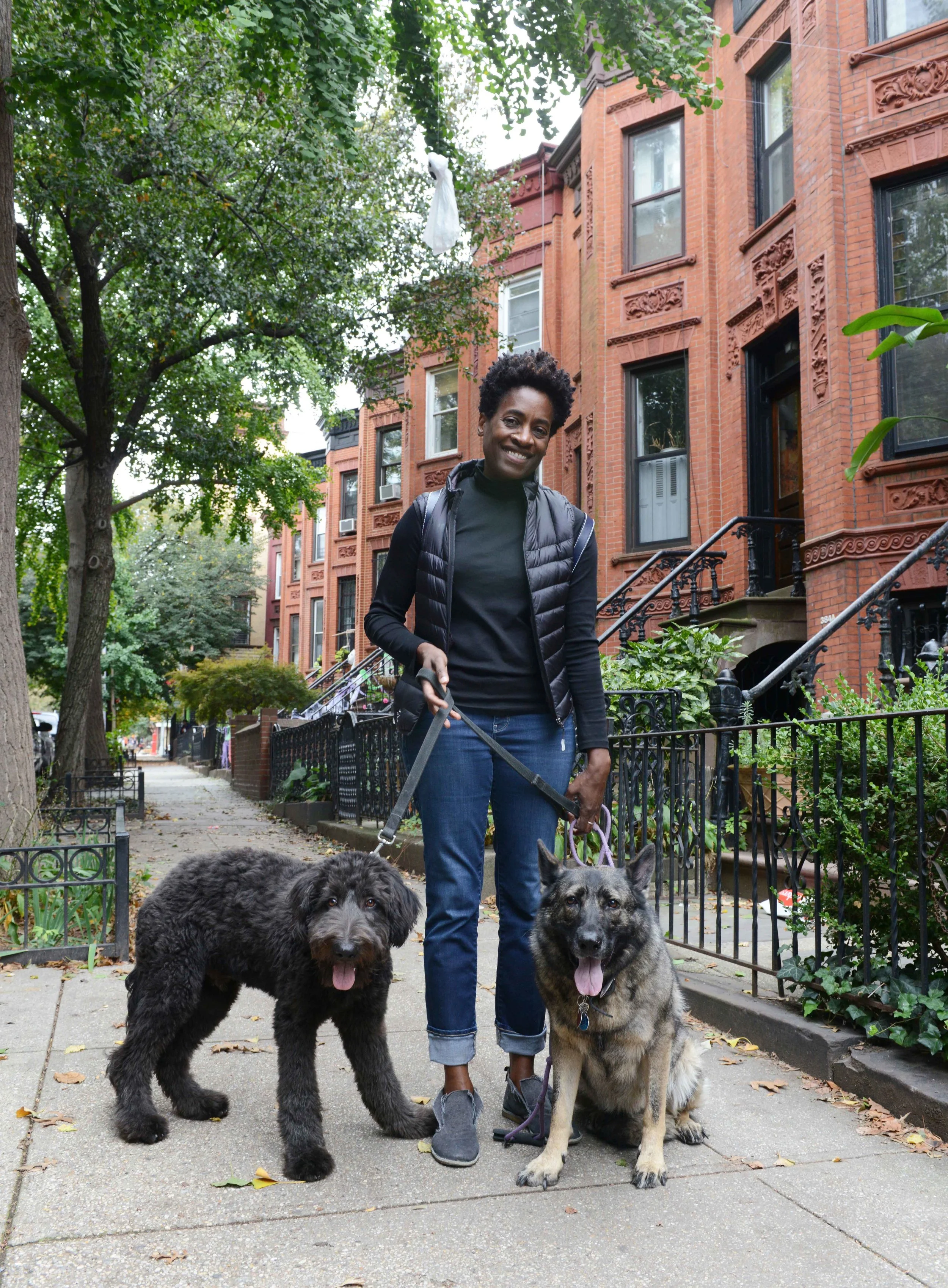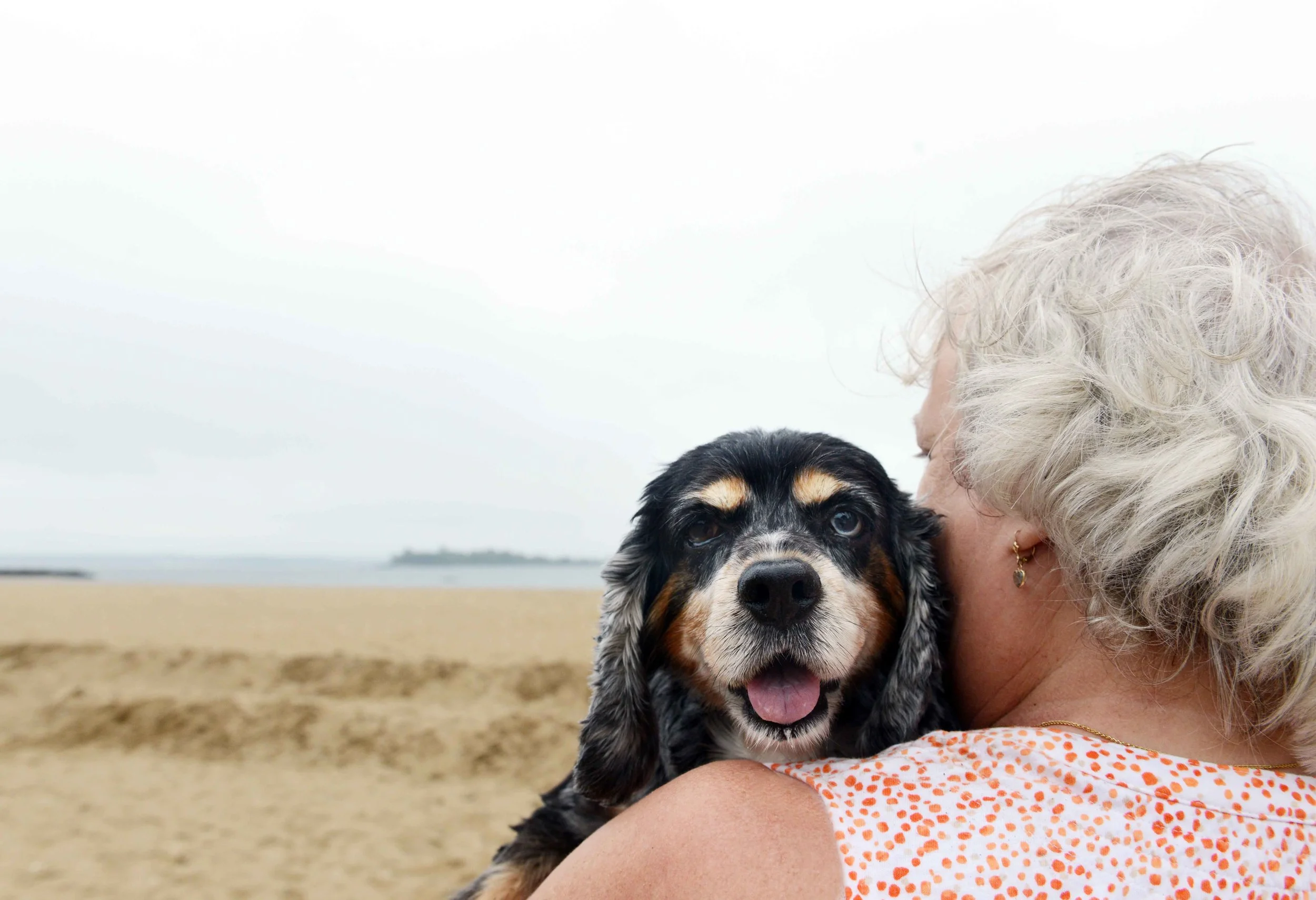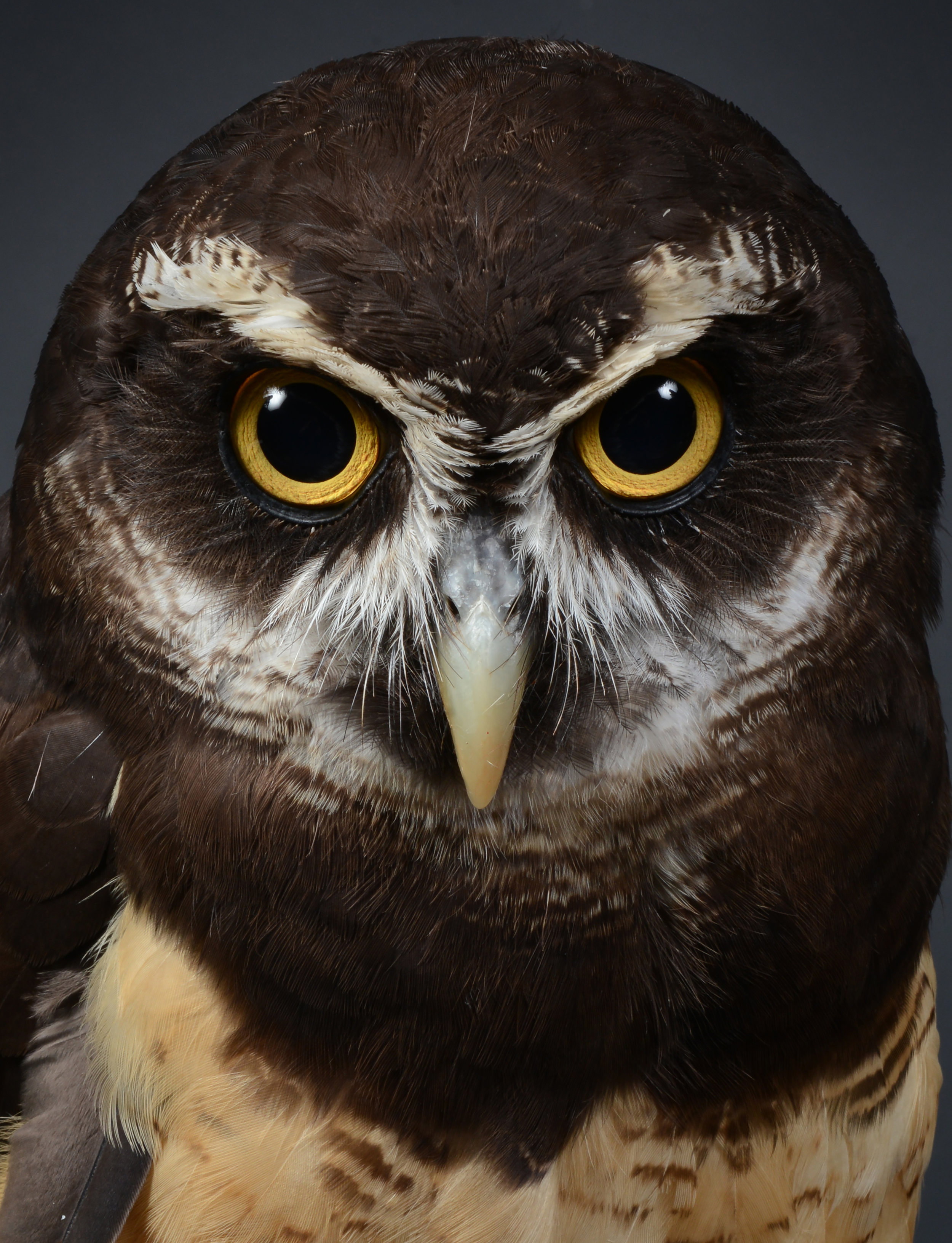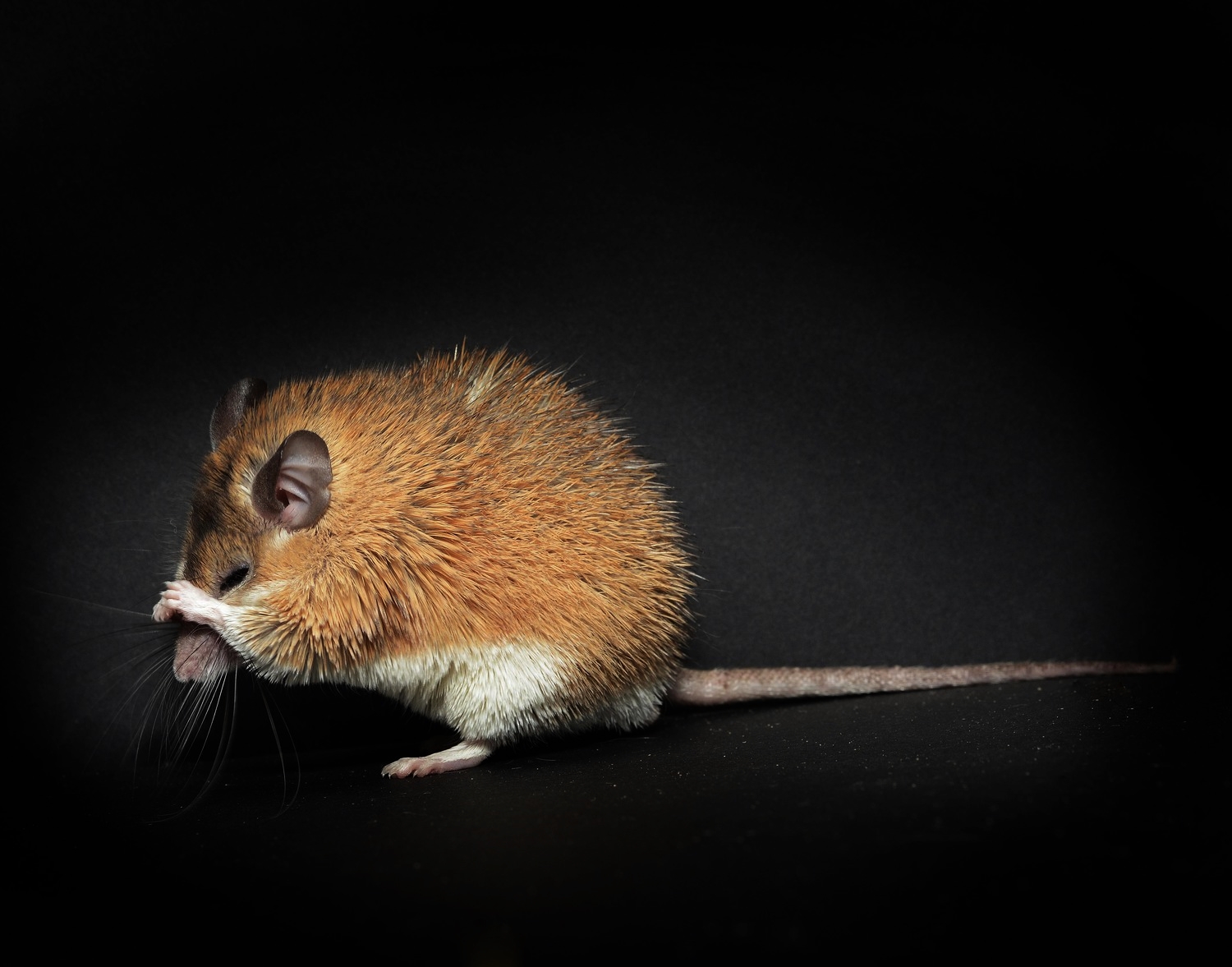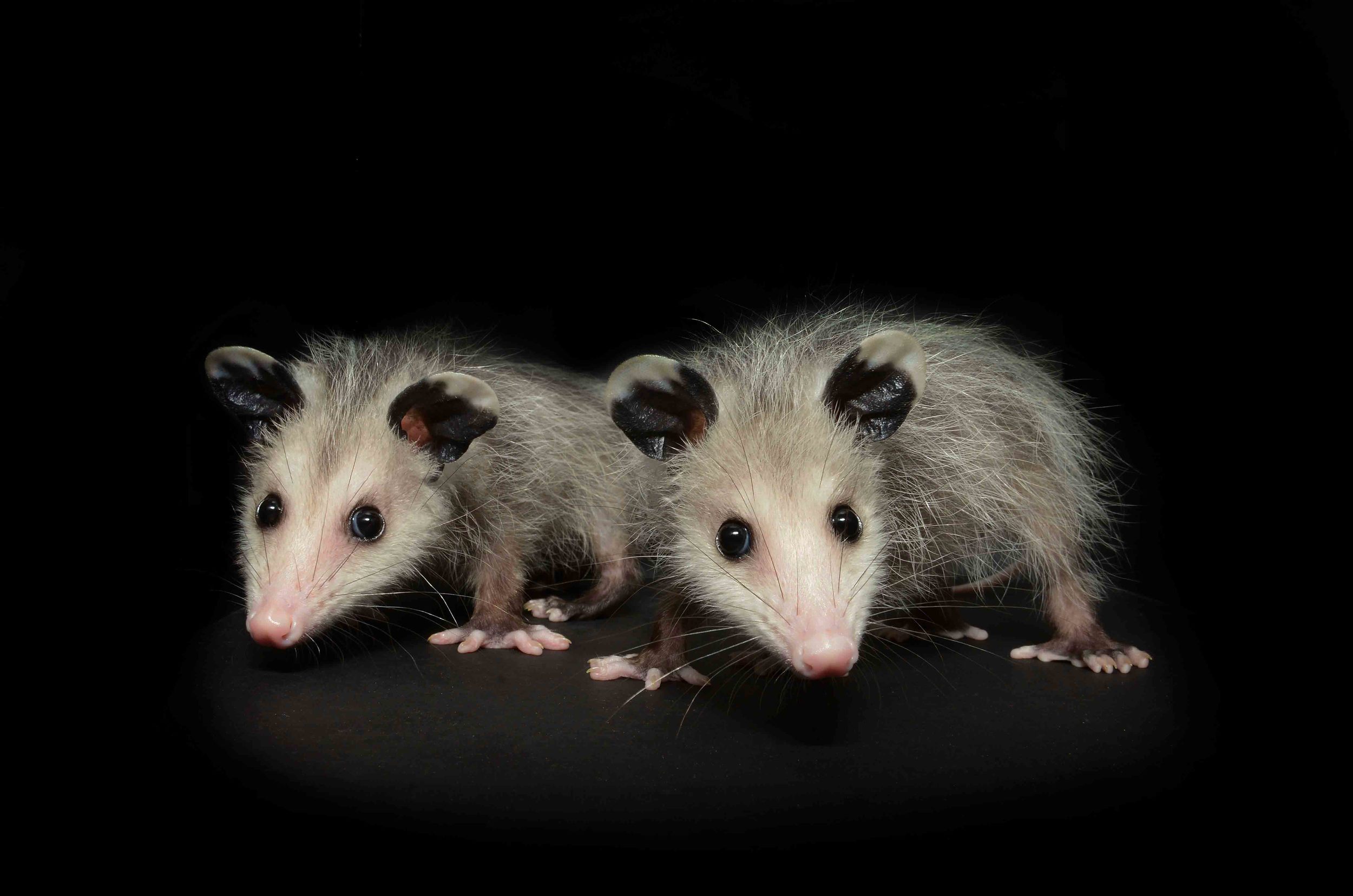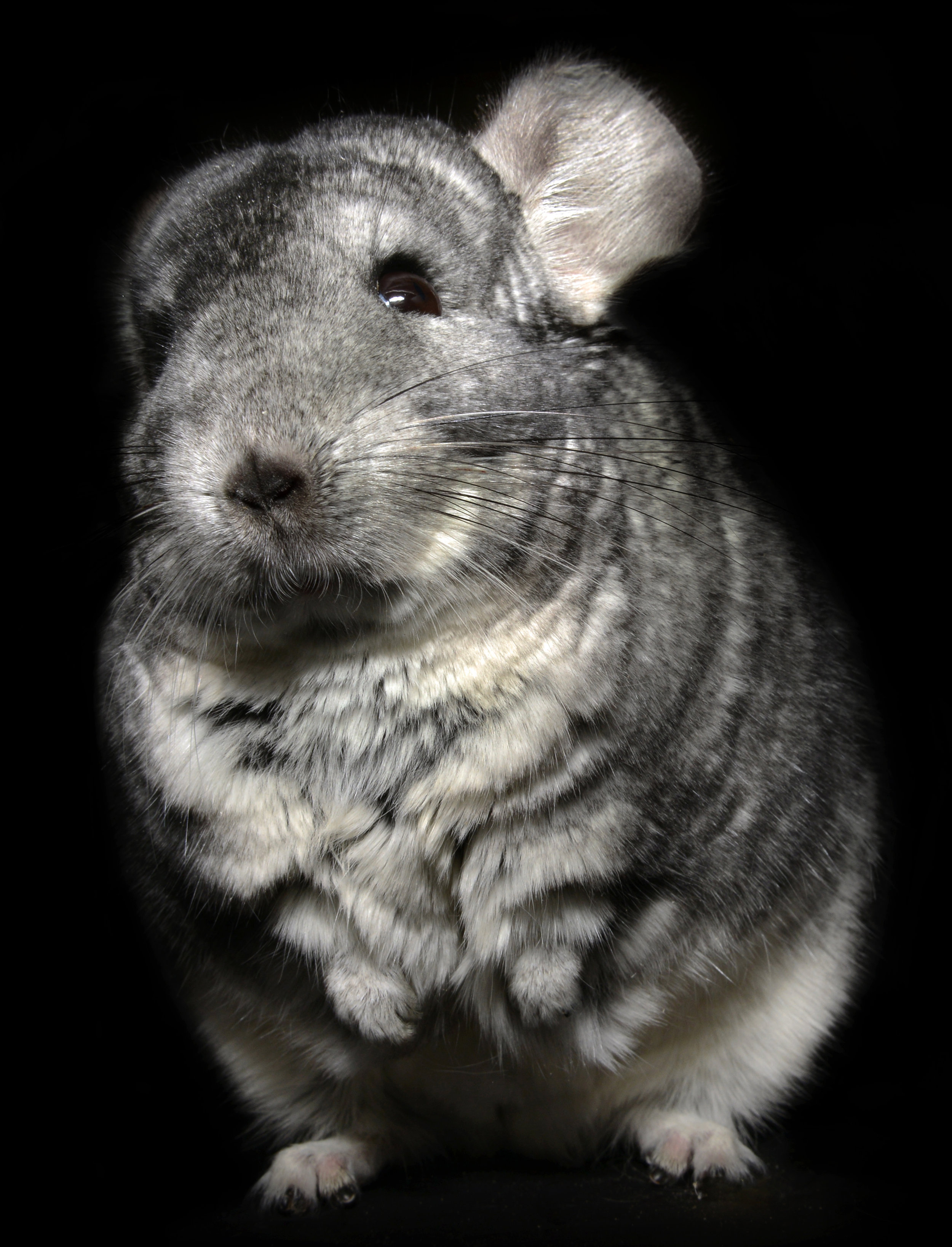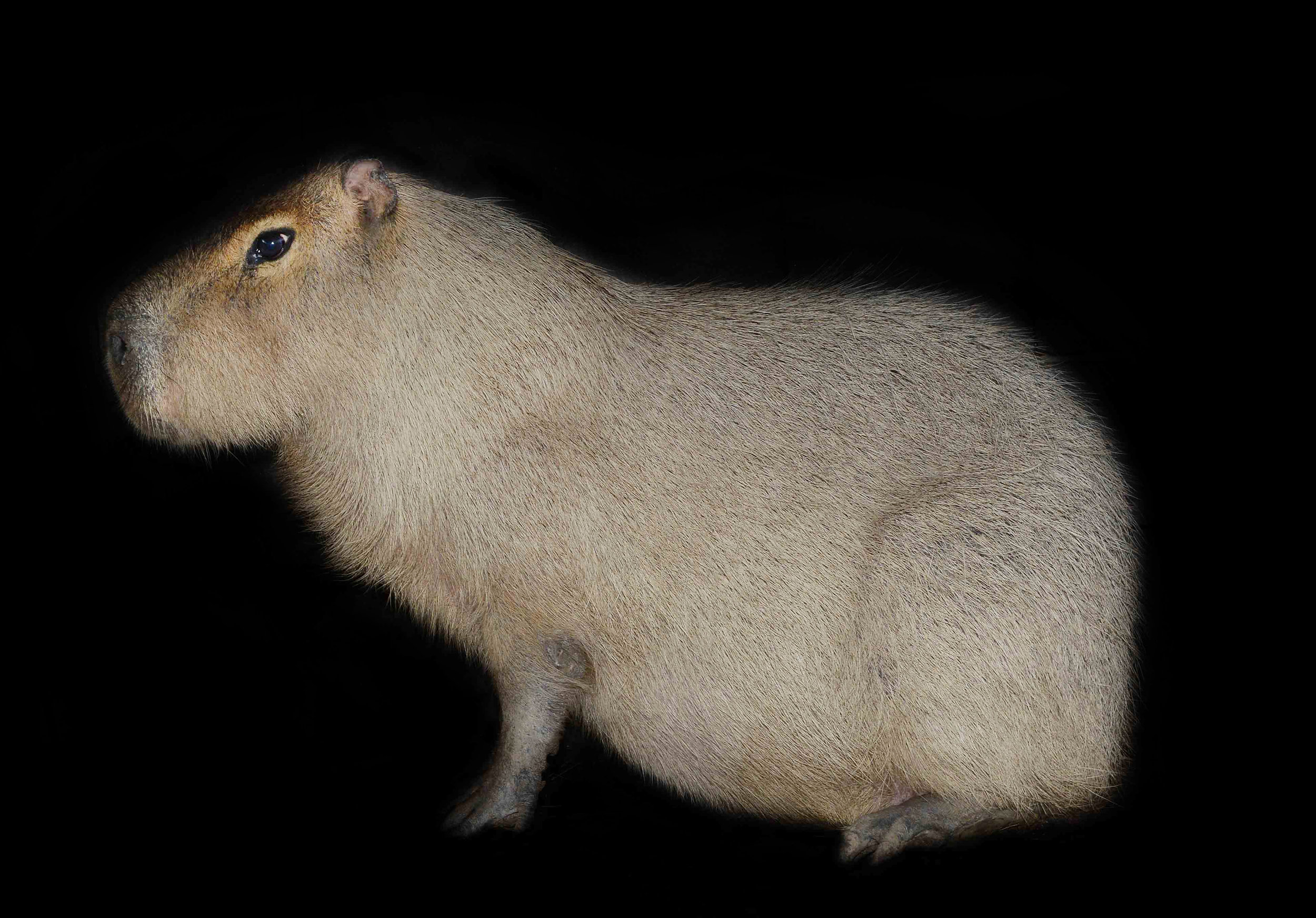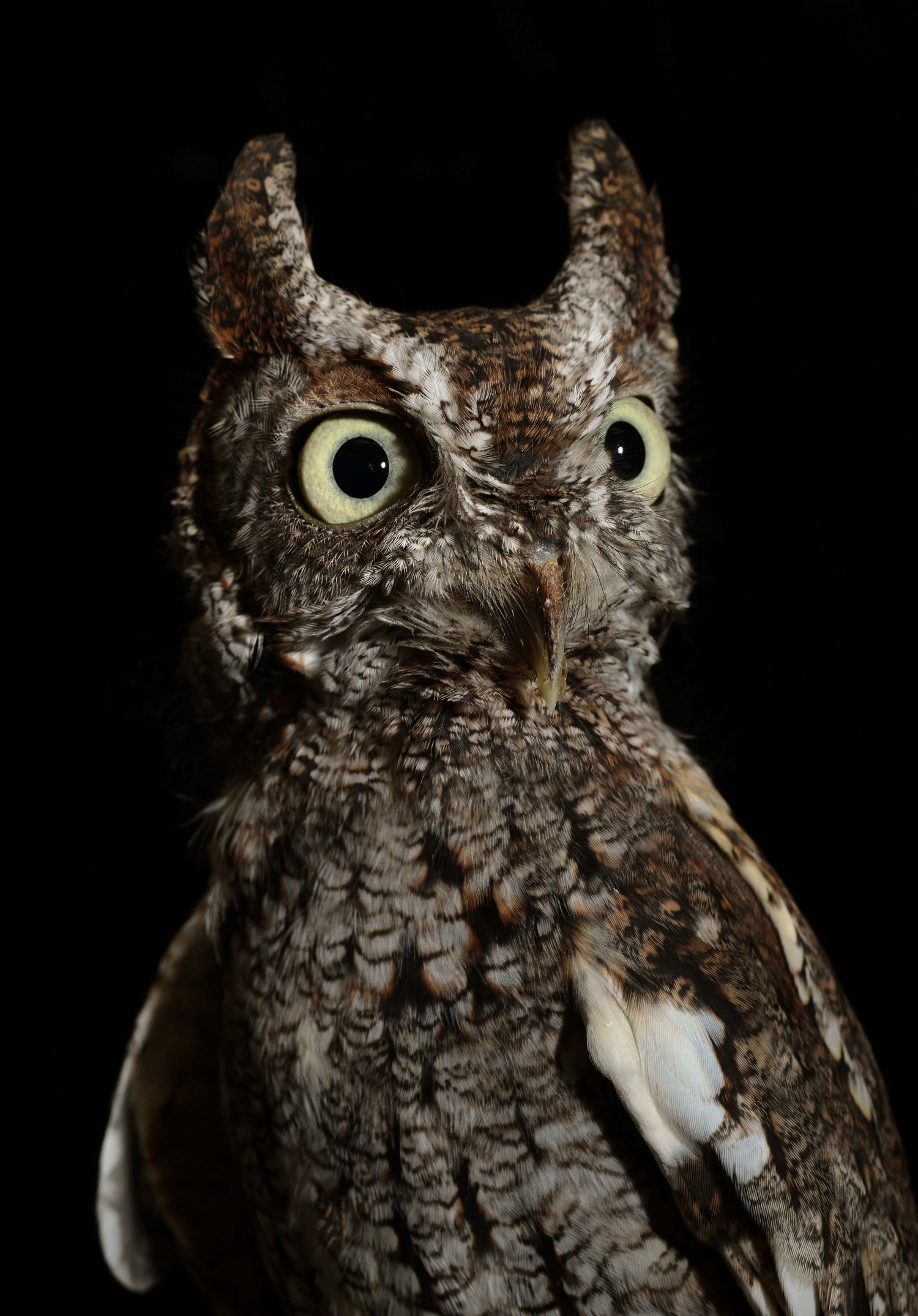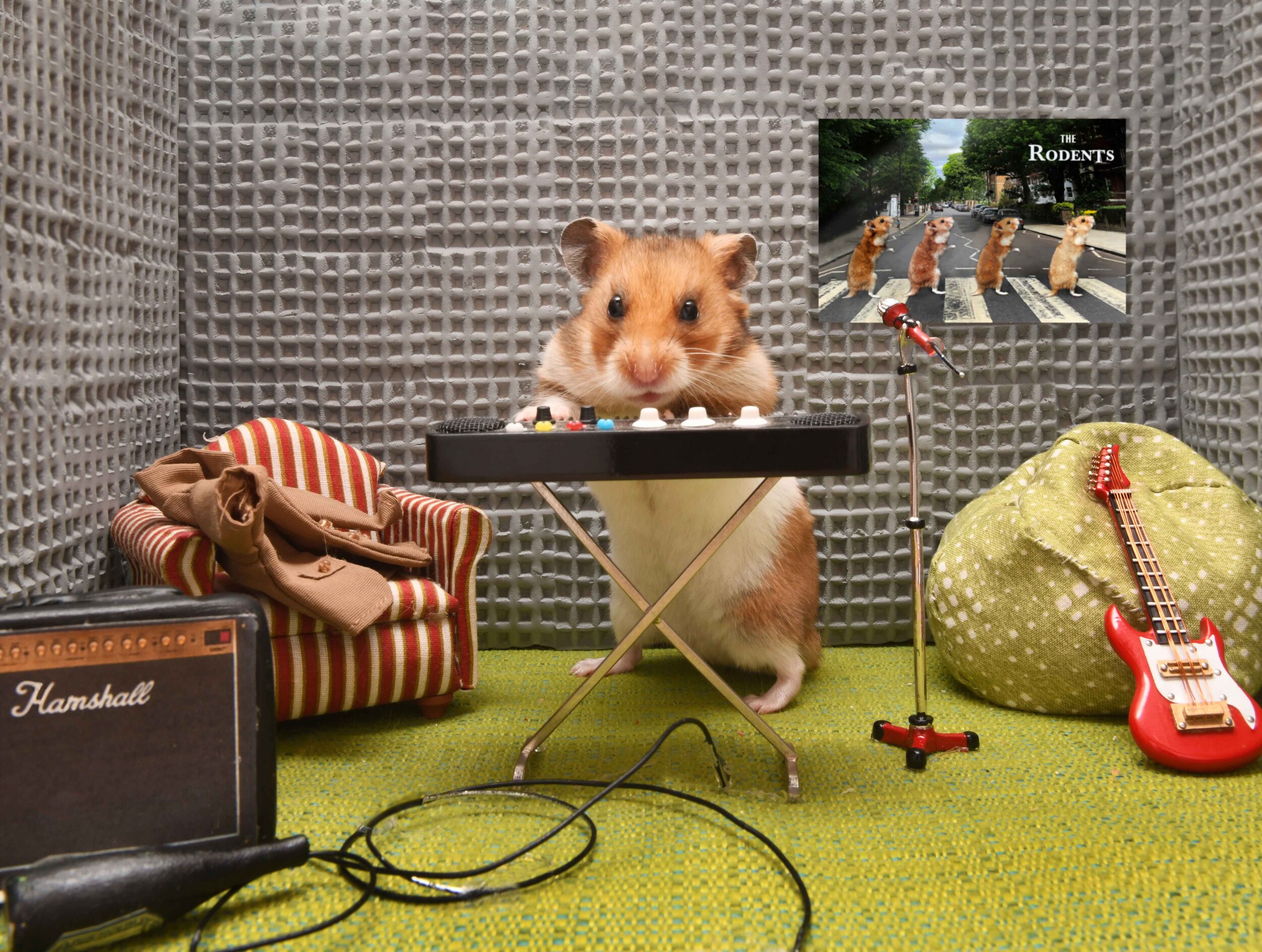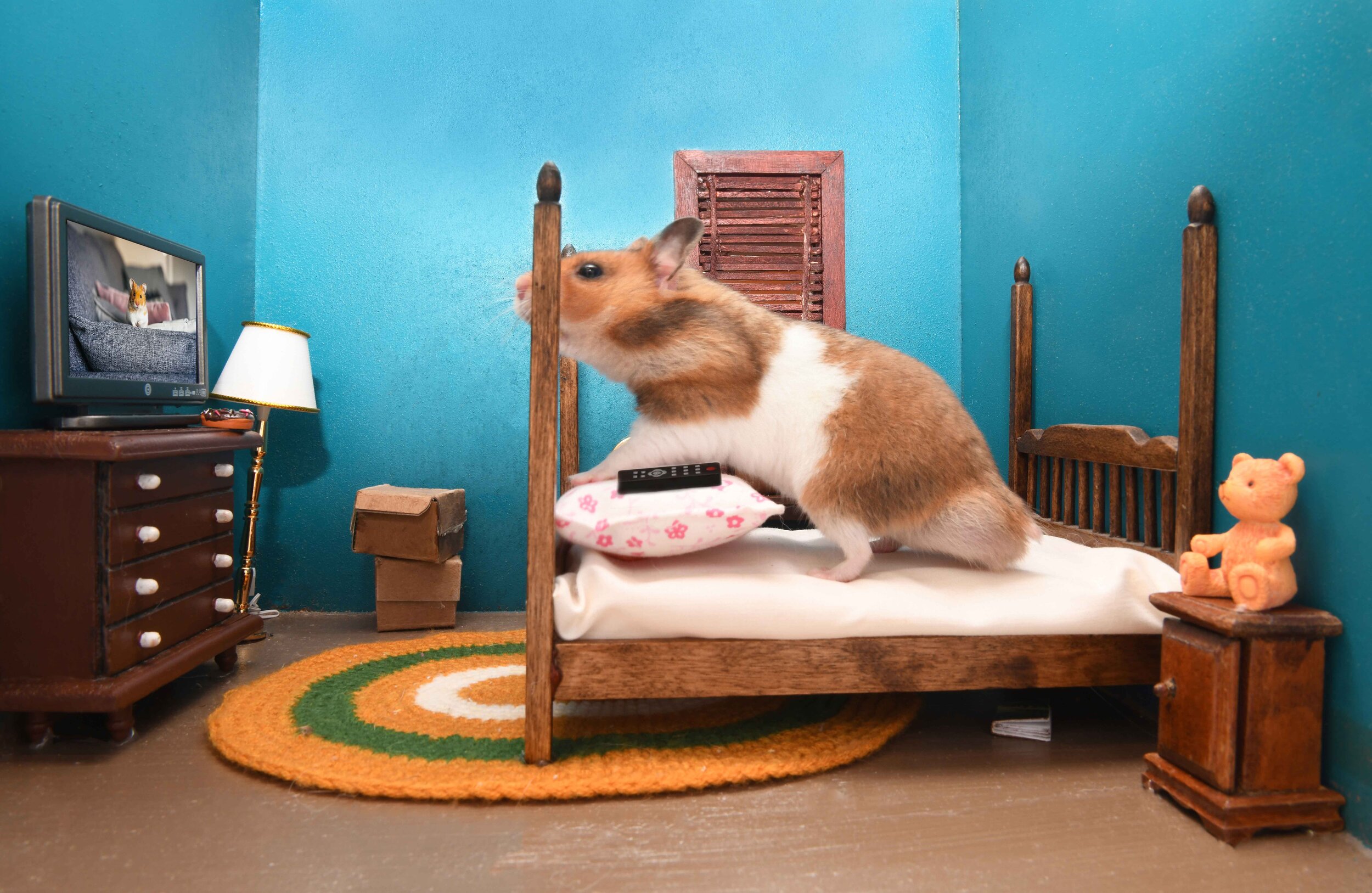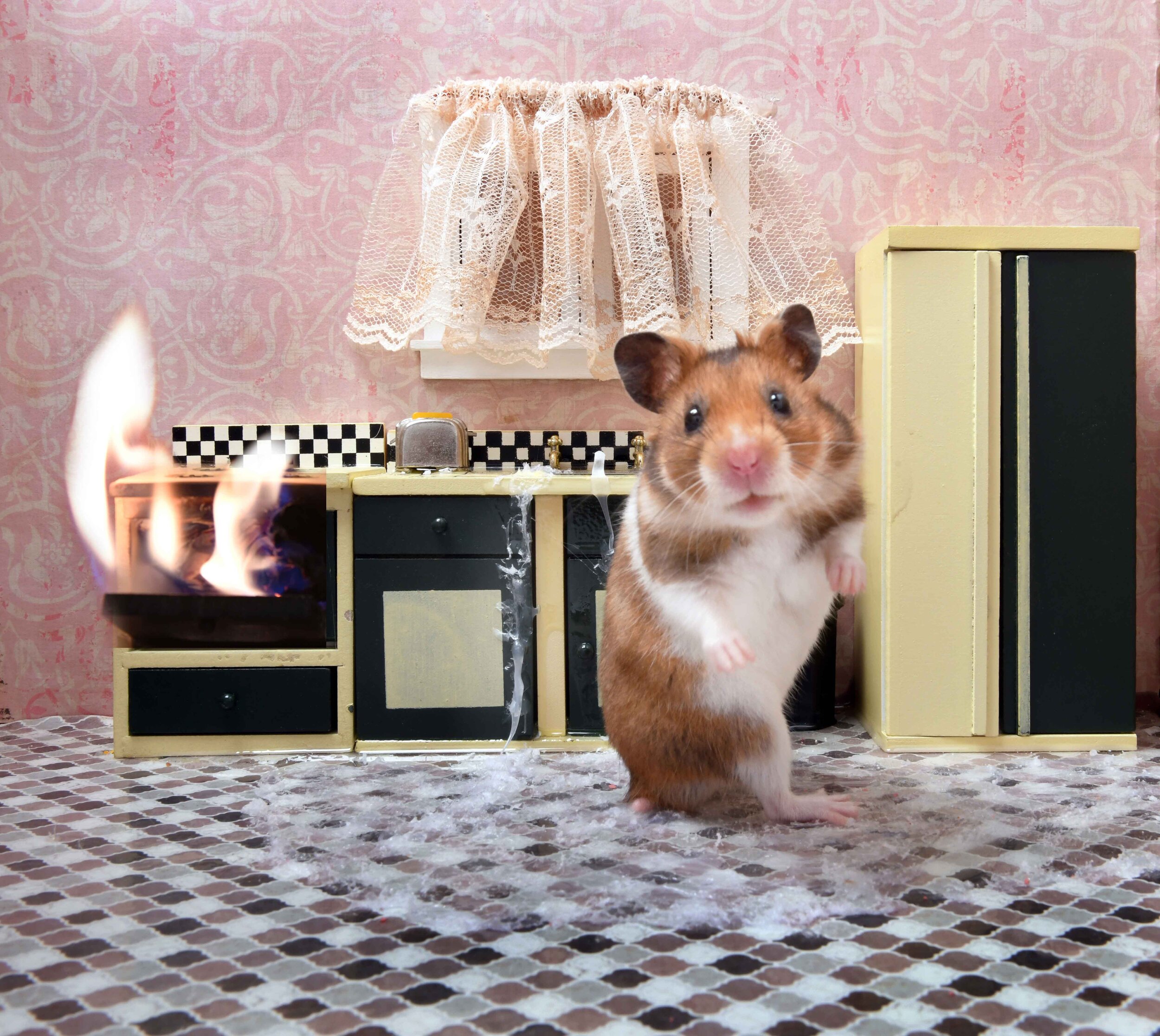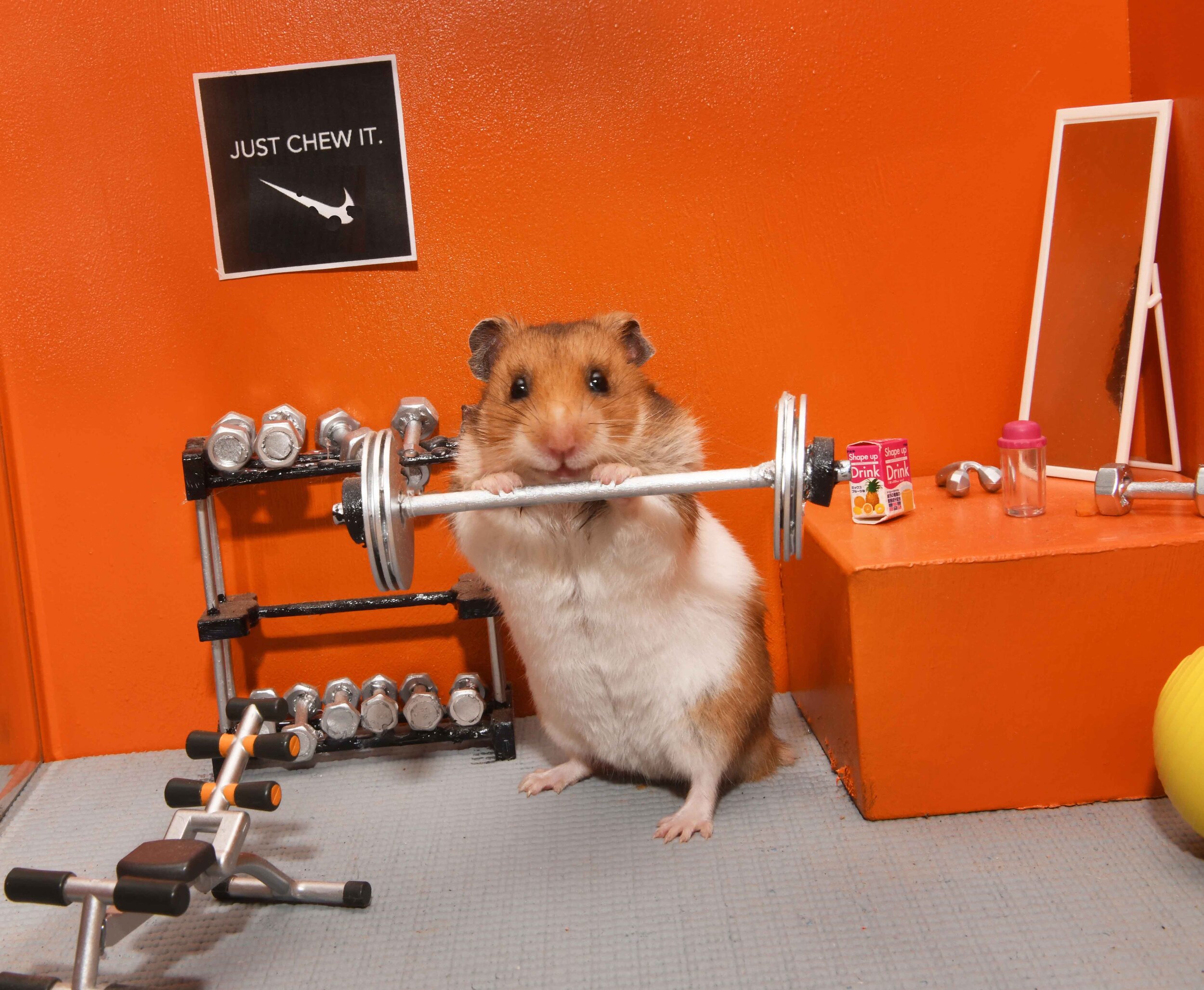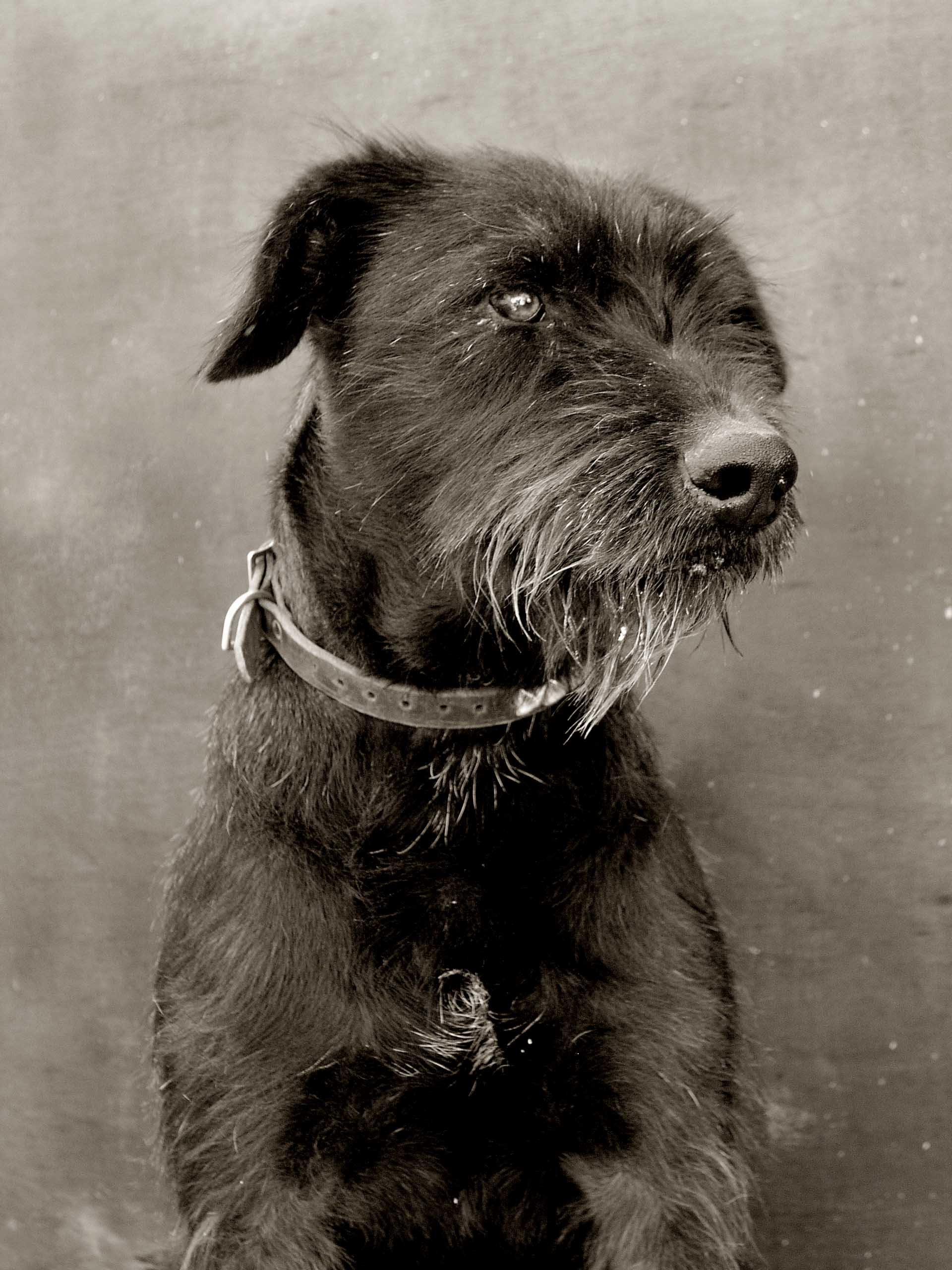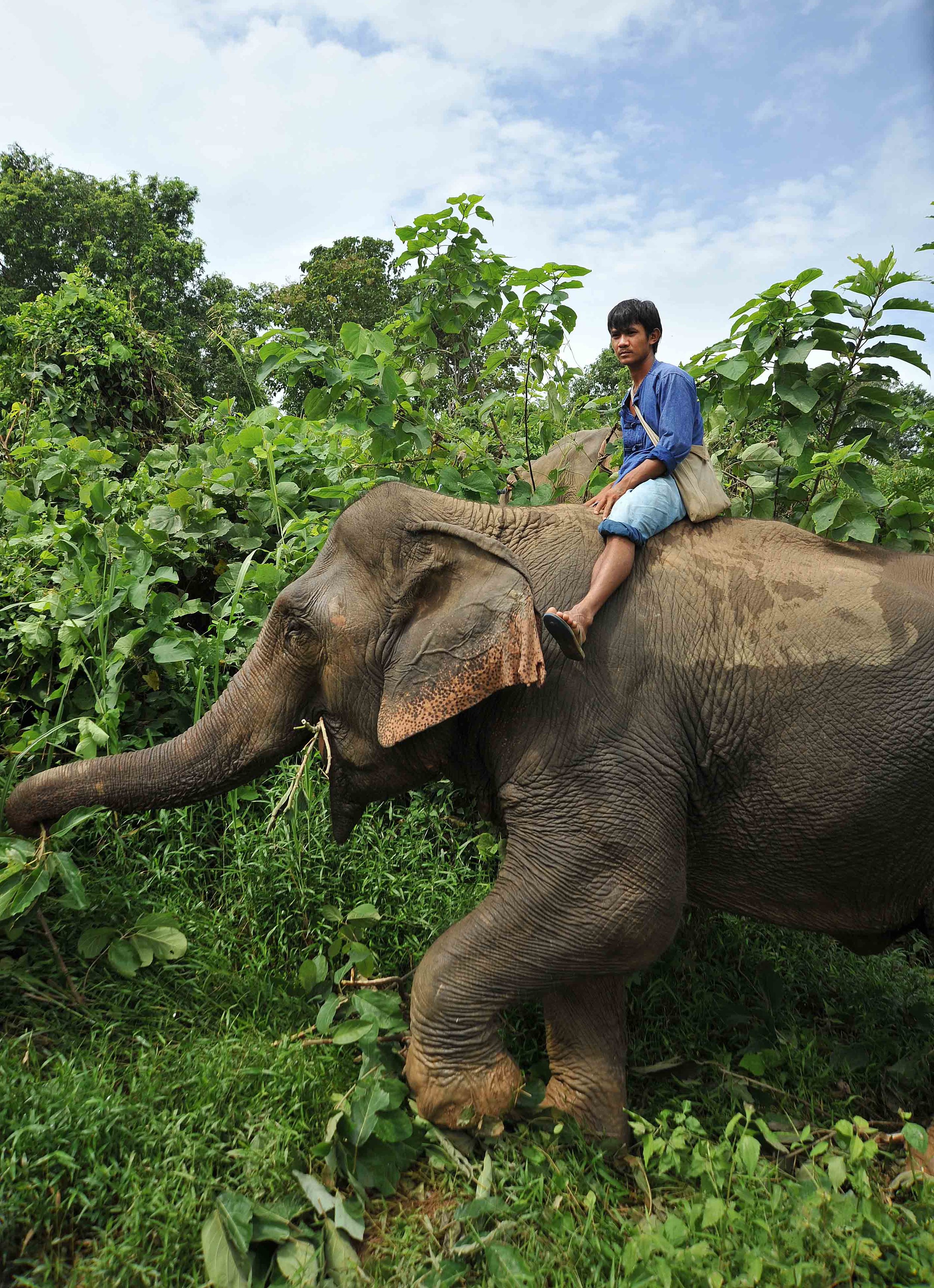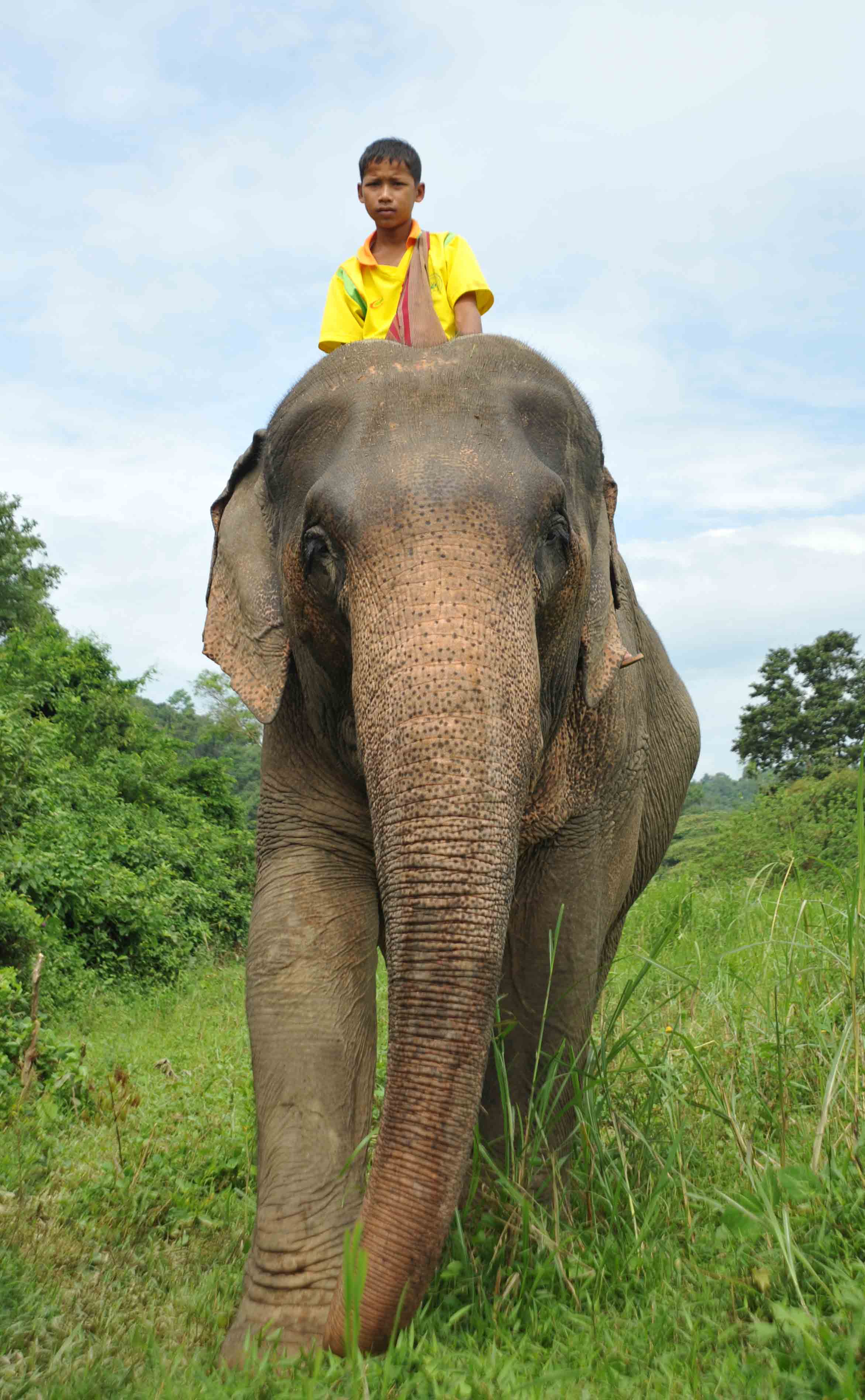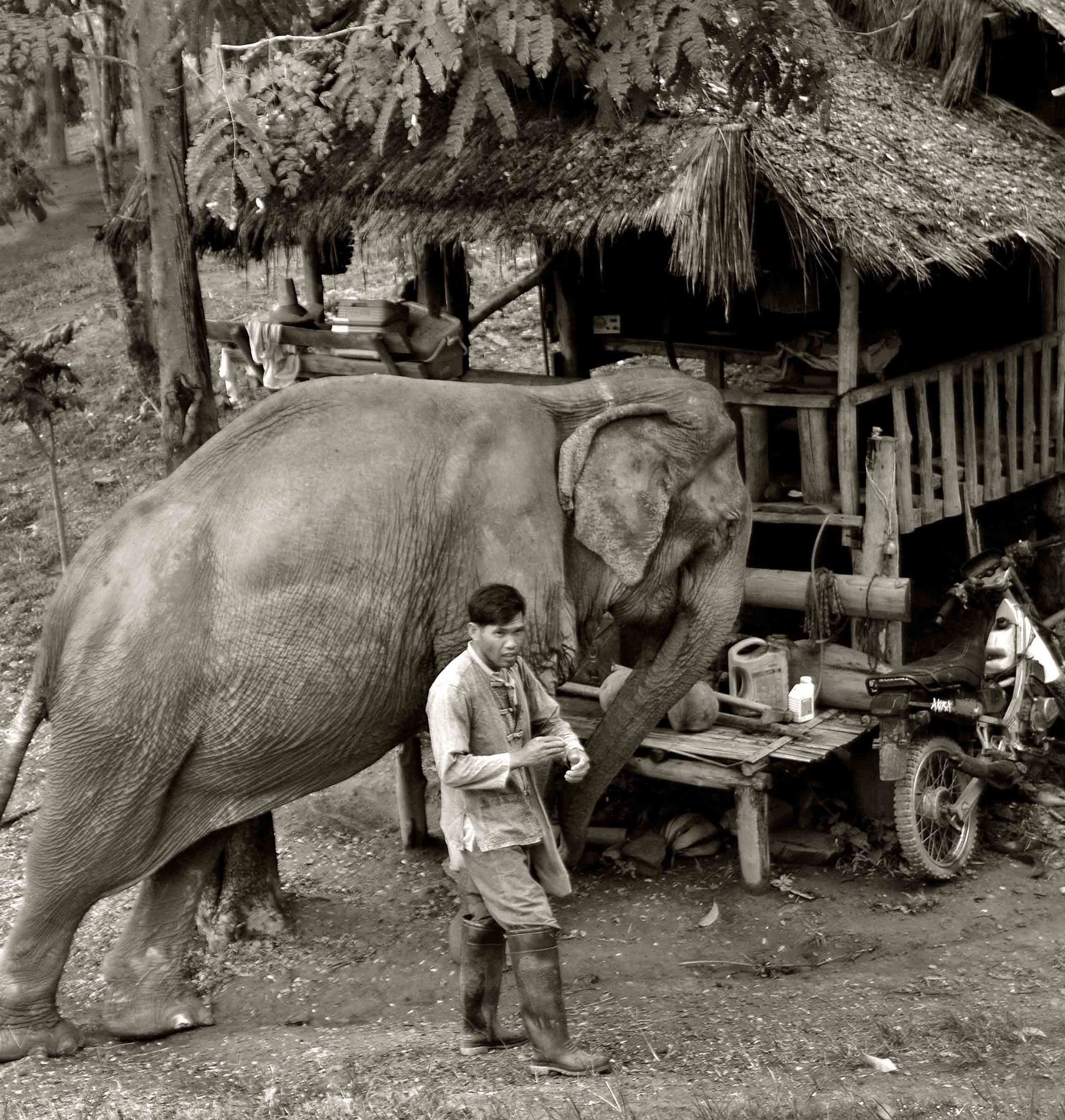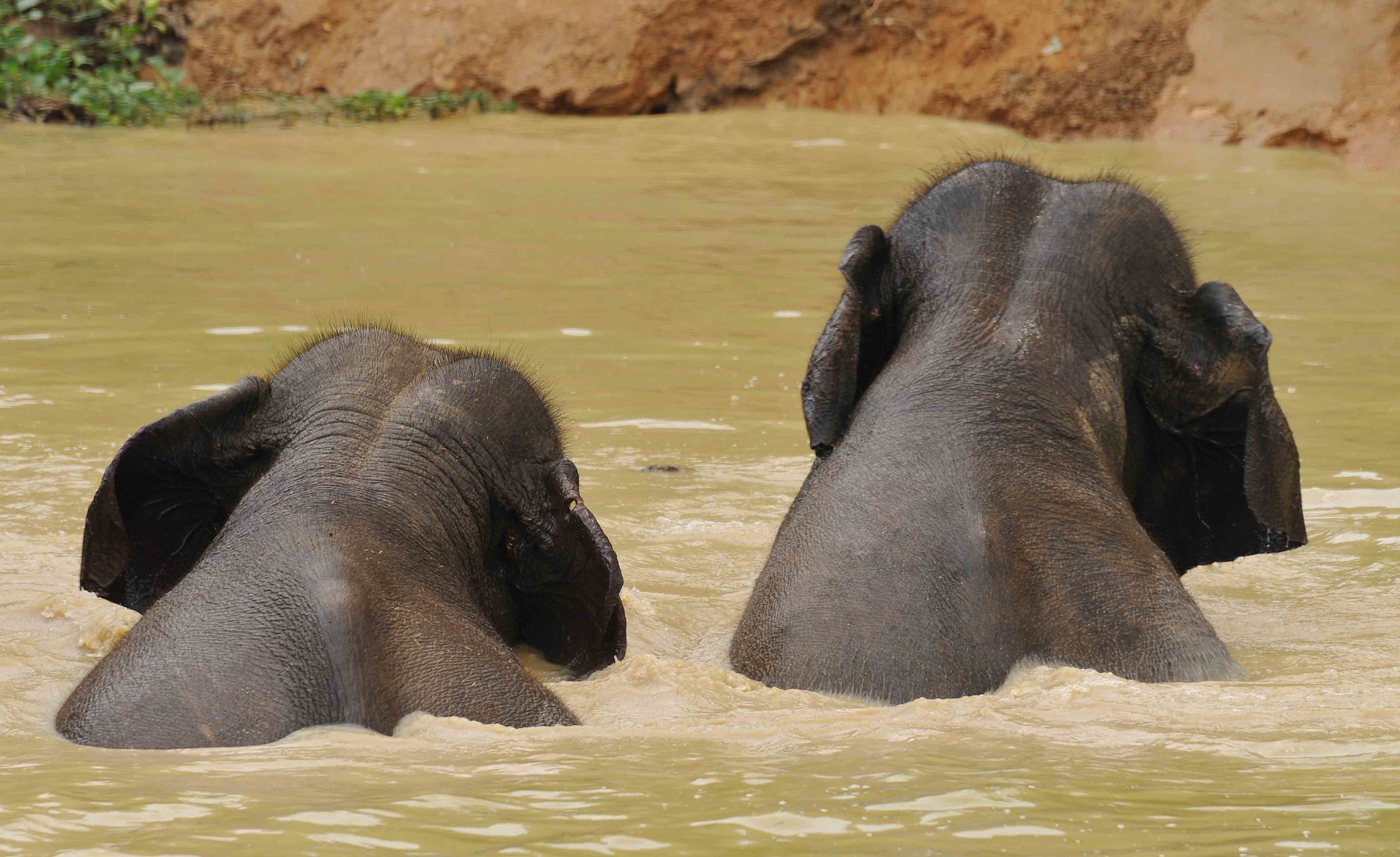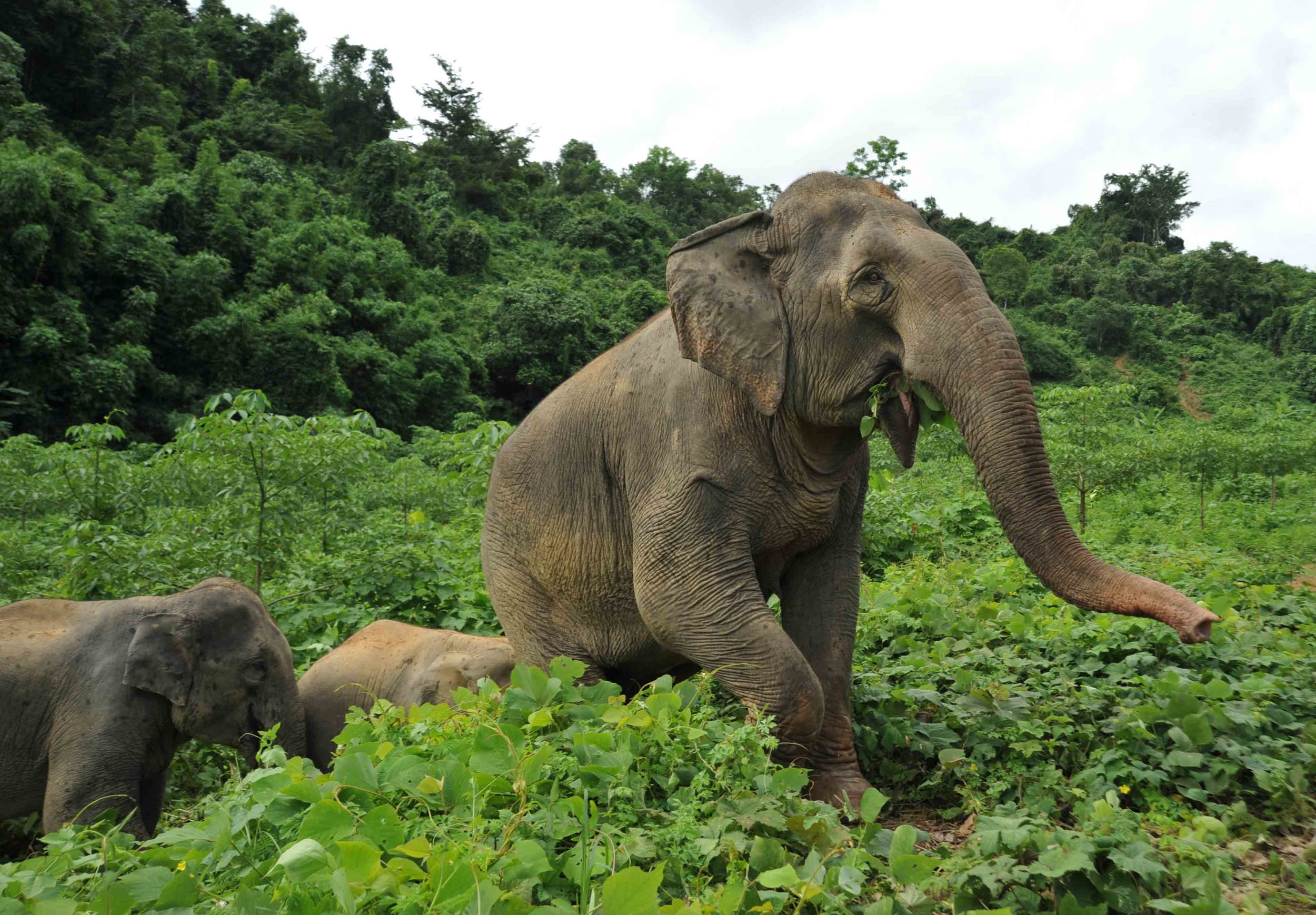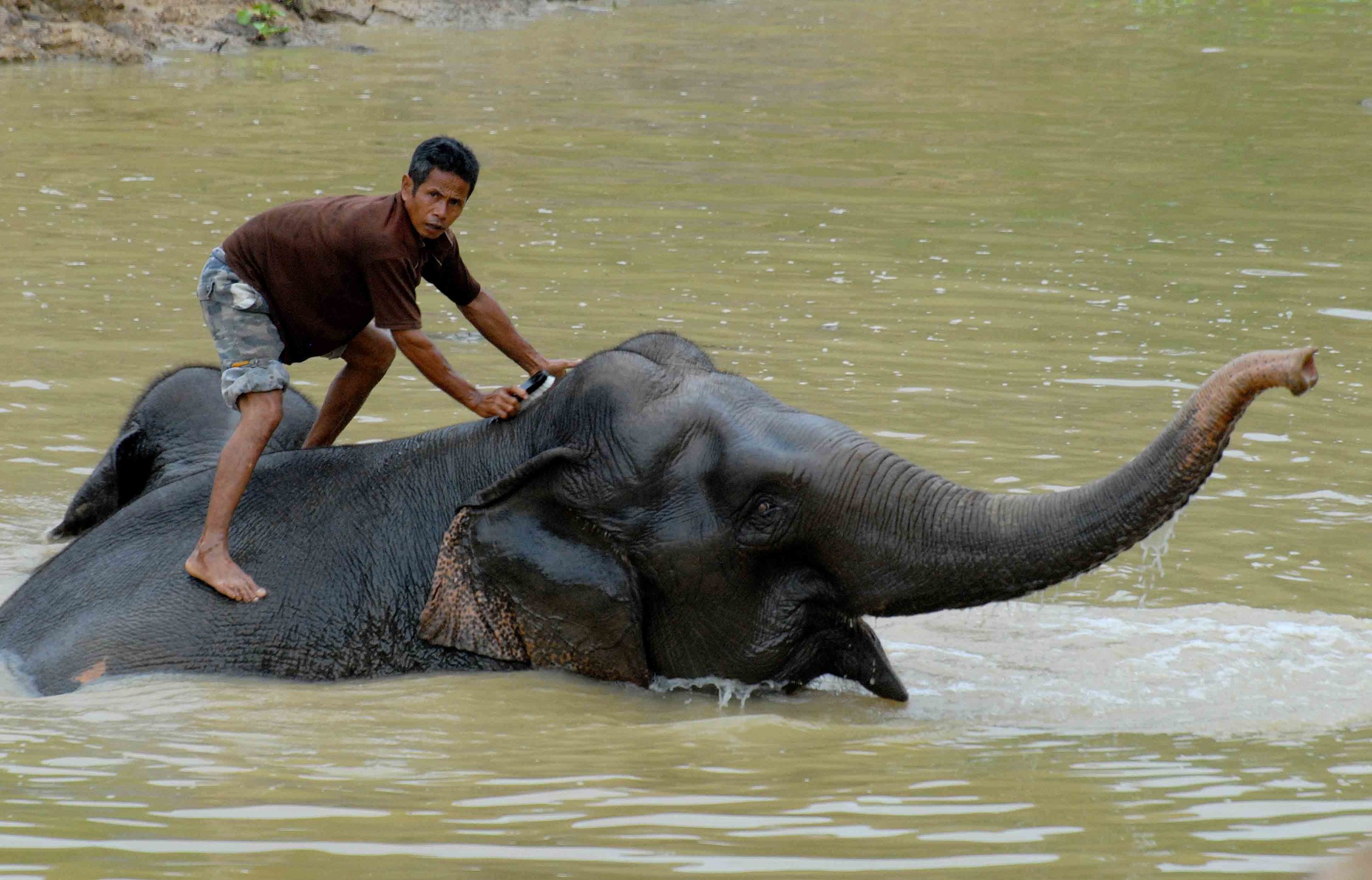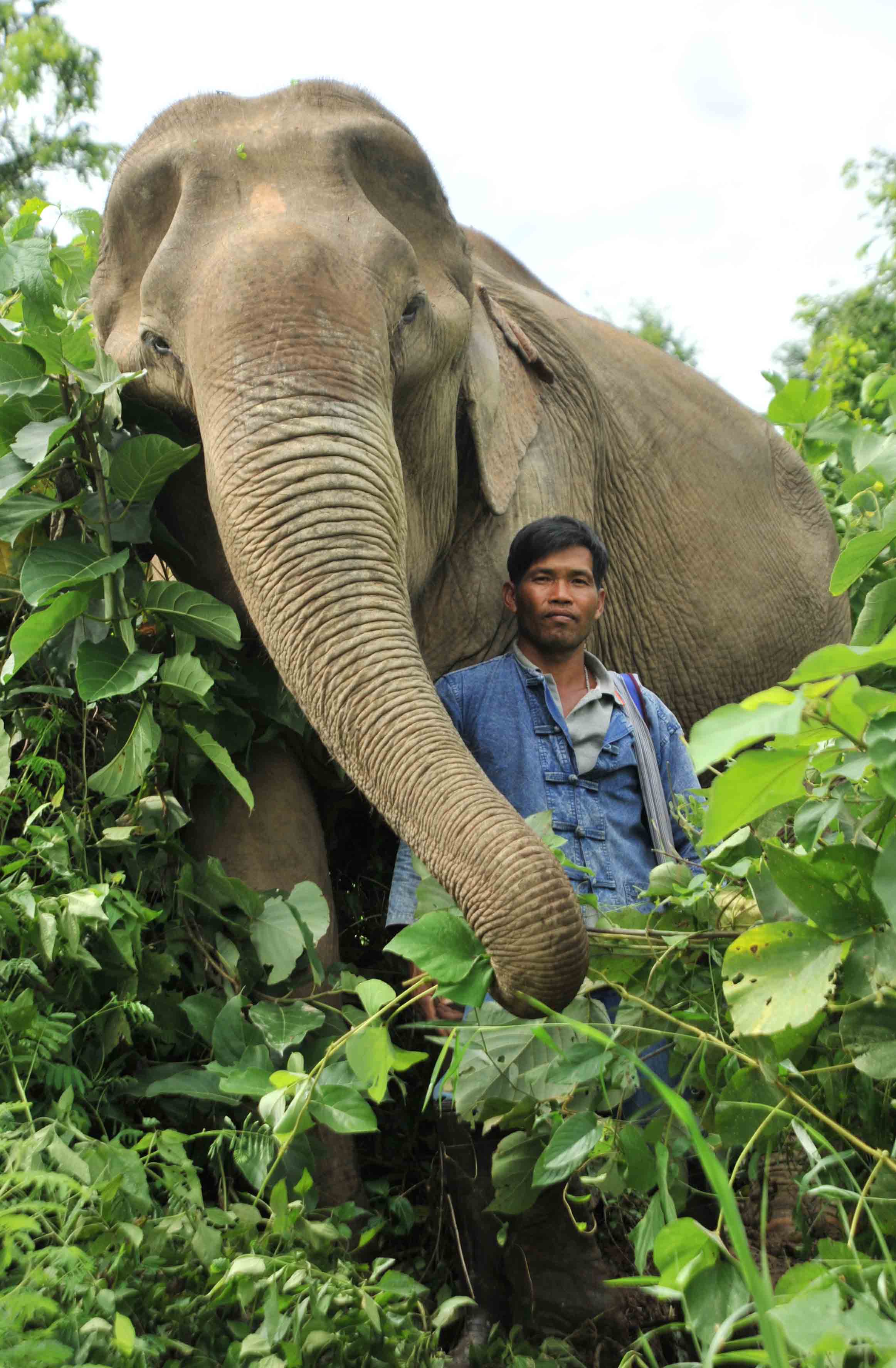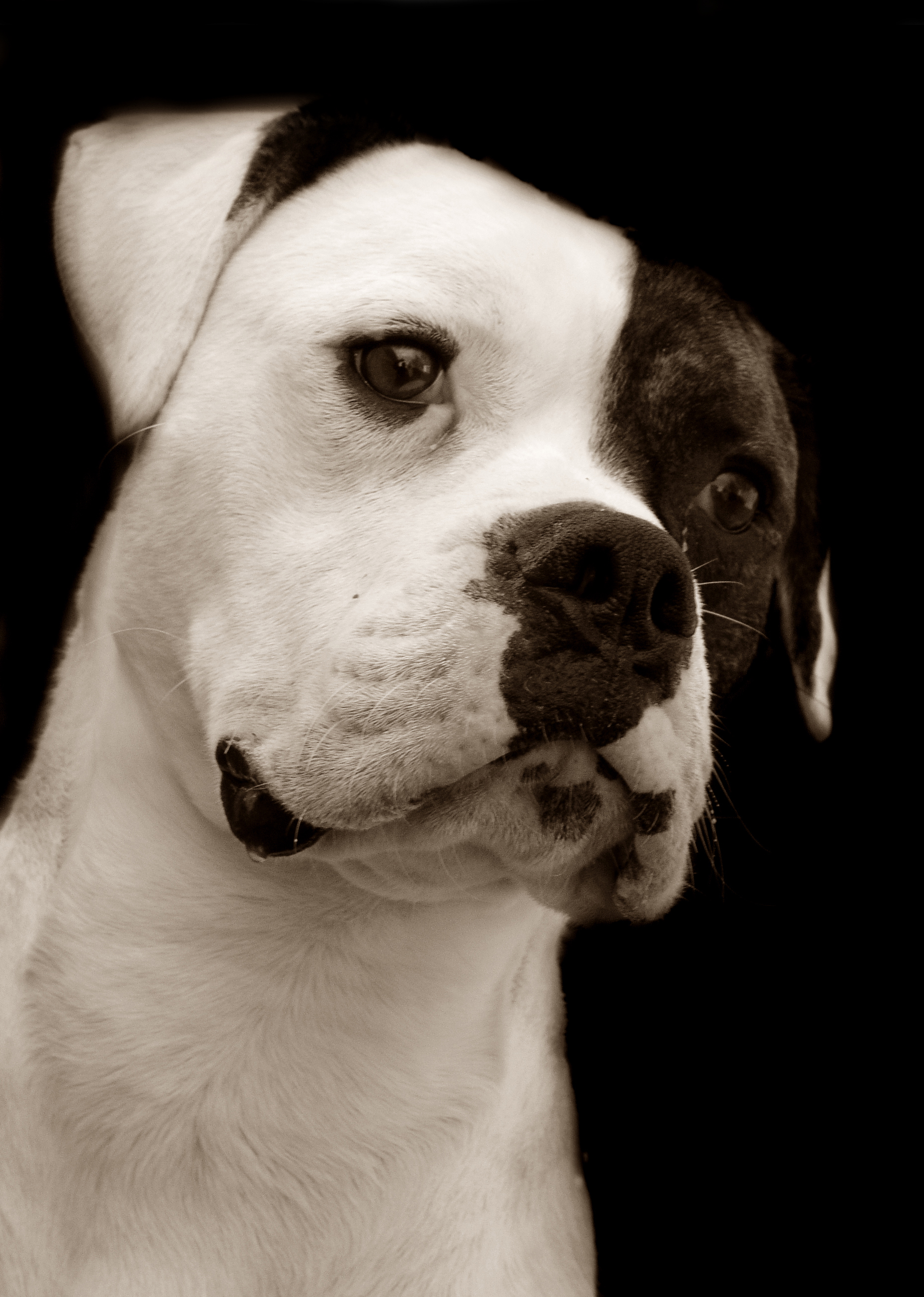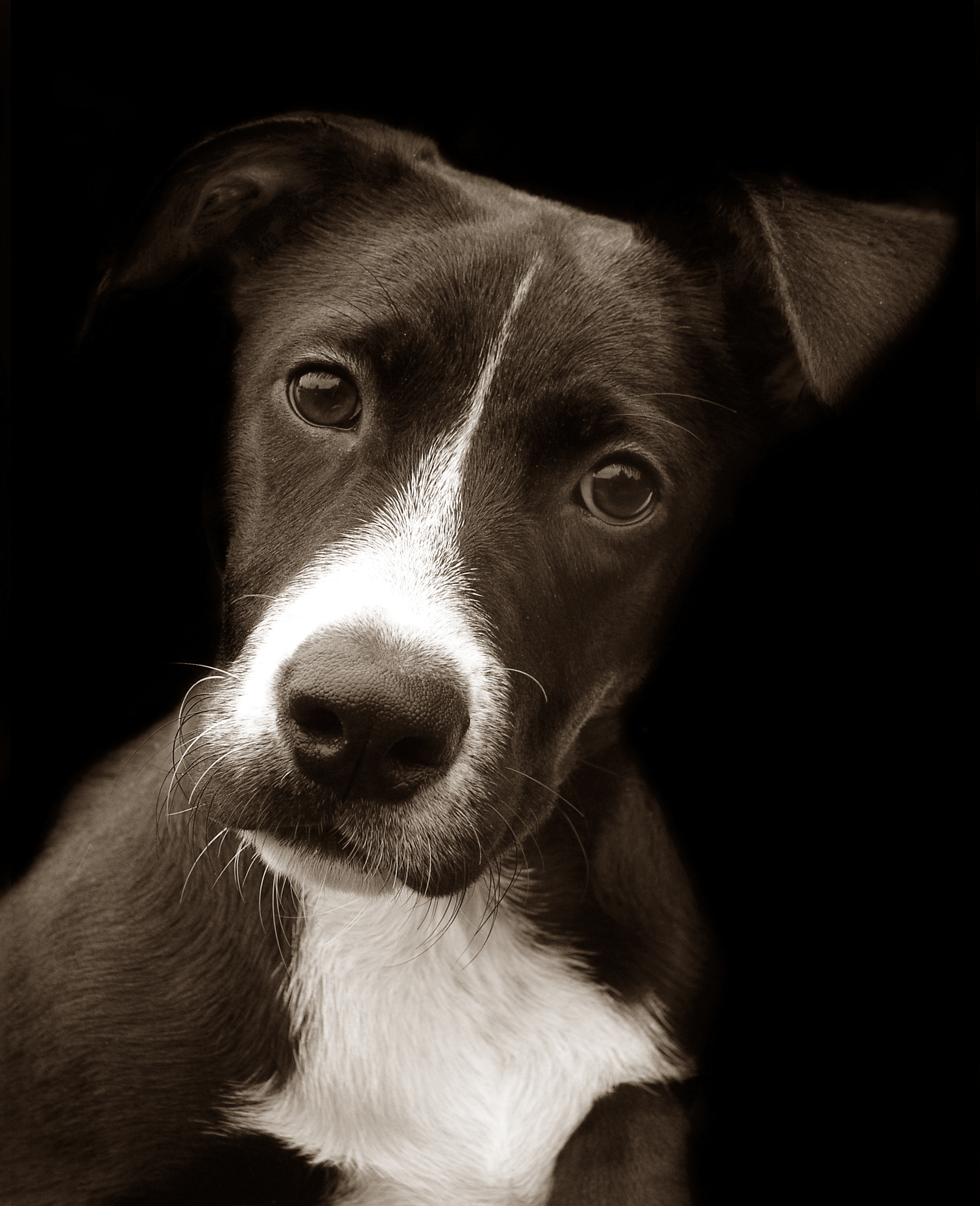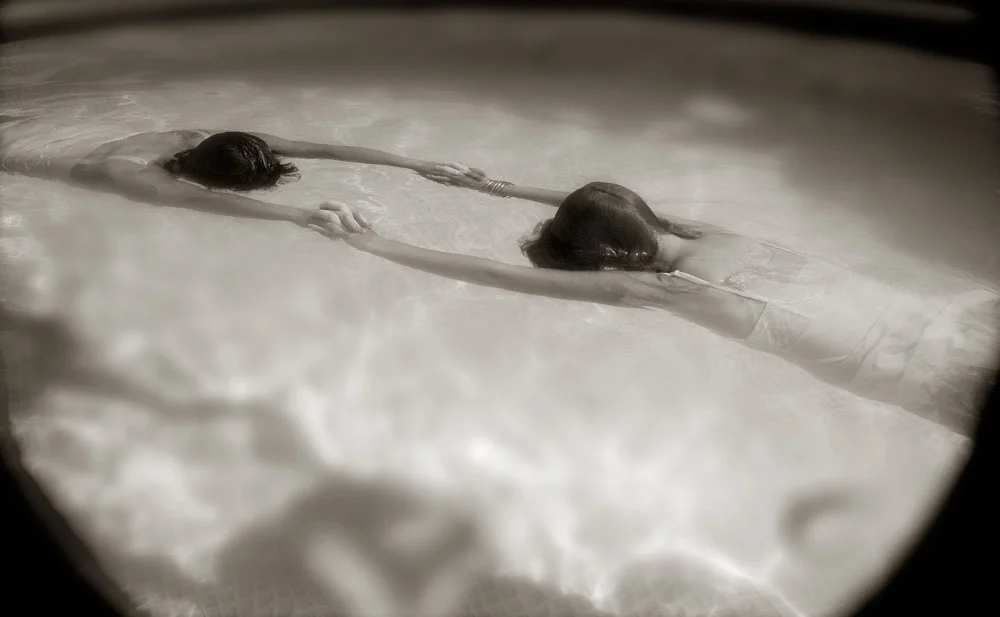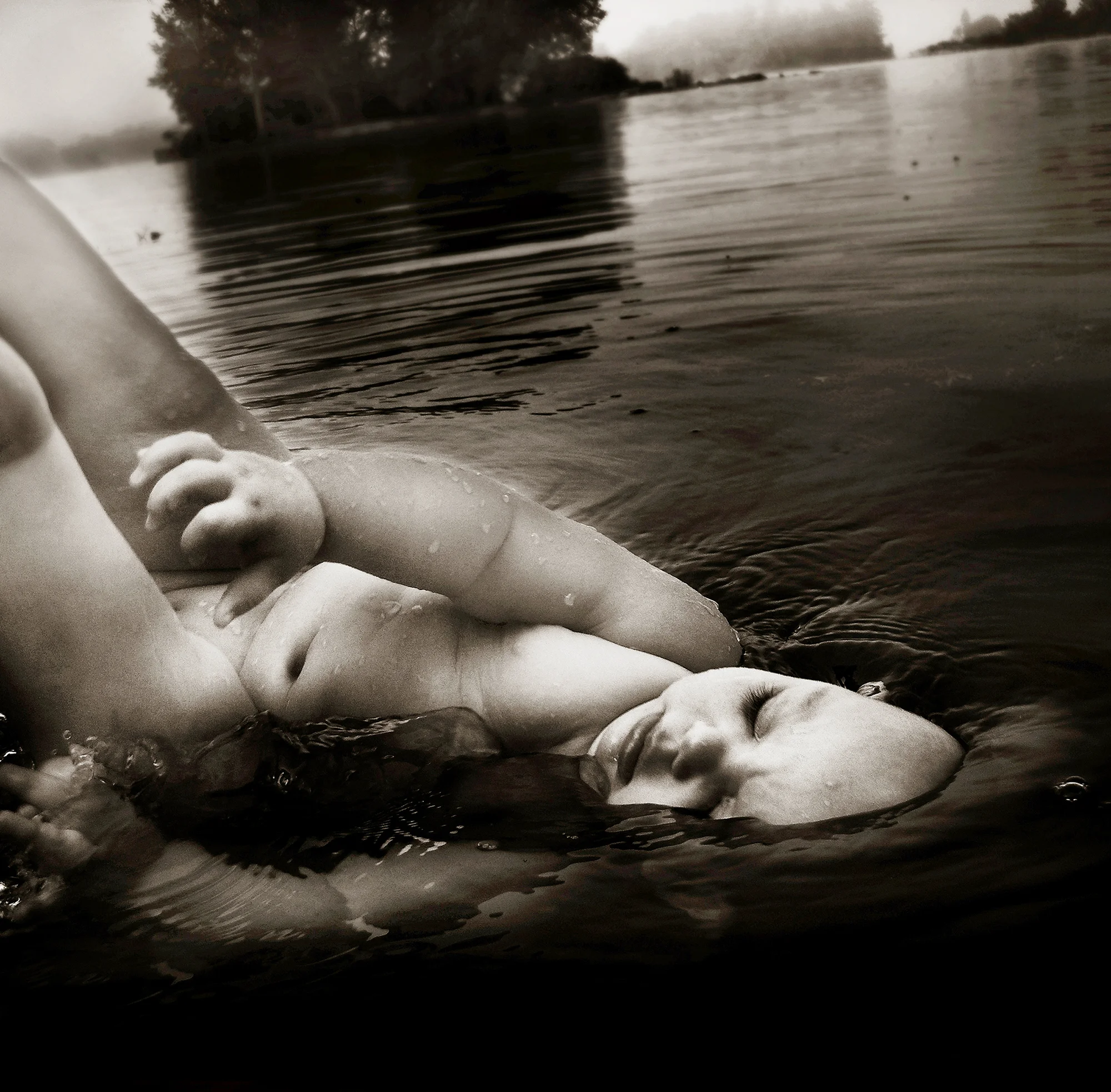When I was young, one of the four bedrooms in our house was simply known as ‘the spare room’. In this bare room with no particular purpose, there was an ironing board, a flimsy work desk where my father kept scraps of ivory and etching tools for scrimshaw, random boxes filled with the detritus of family life and numerous animal cages. The animals had usually come home with my mother from the museum where she was a volunteer. The small natural science museum had a lot of dioramas with a menagerie of displayed dead things and a live animal education center where school children came to see and sometimes touch indigenous reptiles and insects along with some exotic specimens like hissing cockroaches and pythons. From time to time, people brought the museum injured or orphaned wildlife and my family functioned as amateur rehabilitators, nursing these animals back to health. This was often done with limited knowledge, usually attributable to the facts and suggestions that the local library and a few native wildlife experts offered up.
Of all of the animals that shared the rather dull, suburban experience of life in the spare room, the one that I remember the most was a tiny screech owl who lived with us for a several months. I believe that this tiny owl had flown into someone’s sliding glass door, of which there were a great many in North Carolina. The panoramic reflections in these giant sheets of glass (as well as those of any window) confuse birds and actually cause many millions of avian deaths every year.
This owl had been stunned and suffered an injured wing. Only about seven inches tall, the little owl that we categorically named ‘Screech’ lived in a small wire cage in the spare room where she perched and slept and clicked her beak when she wanted something. We fed her live, unconscious mice which she swallowed whole, usually pausing with the poor creature’s tail hanging out of the side of her mouth like a post-meal cigarette. Her beautiful feathered eyelids silently opened and closed over huge, unmoving eyeballs while her head swiveled impossibly far around her tiny neck.
I remember being struck by how something so small could be so powerful. Her downy feet were proportionally huge with talons that looked as if they had been filed to a razor sharp point. They gripped the perch with primordial authority and seemed to belong to a much larger, more dangerous animal. There was something almost pre-historic about her, a quiet, but majestic might that the domestic pets we had lacked.
As an animal photographer, I have since discovered that this intensity is present in many forms of wildlife. I think it is what fascinates us about wild animals, this feral wisdom and extreme ability that is encoded in them. It is a body of knowledge that perhaps as a species, we once possessed, but now can only admire in “other” animals.
Whether it is due to intelligence or specific adaptations, some simply species have a greater presence than others. Raptors are without fail among the most enigmatic and powerful creatures in the animal kingdom. They are unfailing graceful and intelligent, fluid and fierce. They deserve our fascination, respect and reverence. That is why I began my project on Raptors which was published by Princeton Architectural Press in 2017 as a book.


